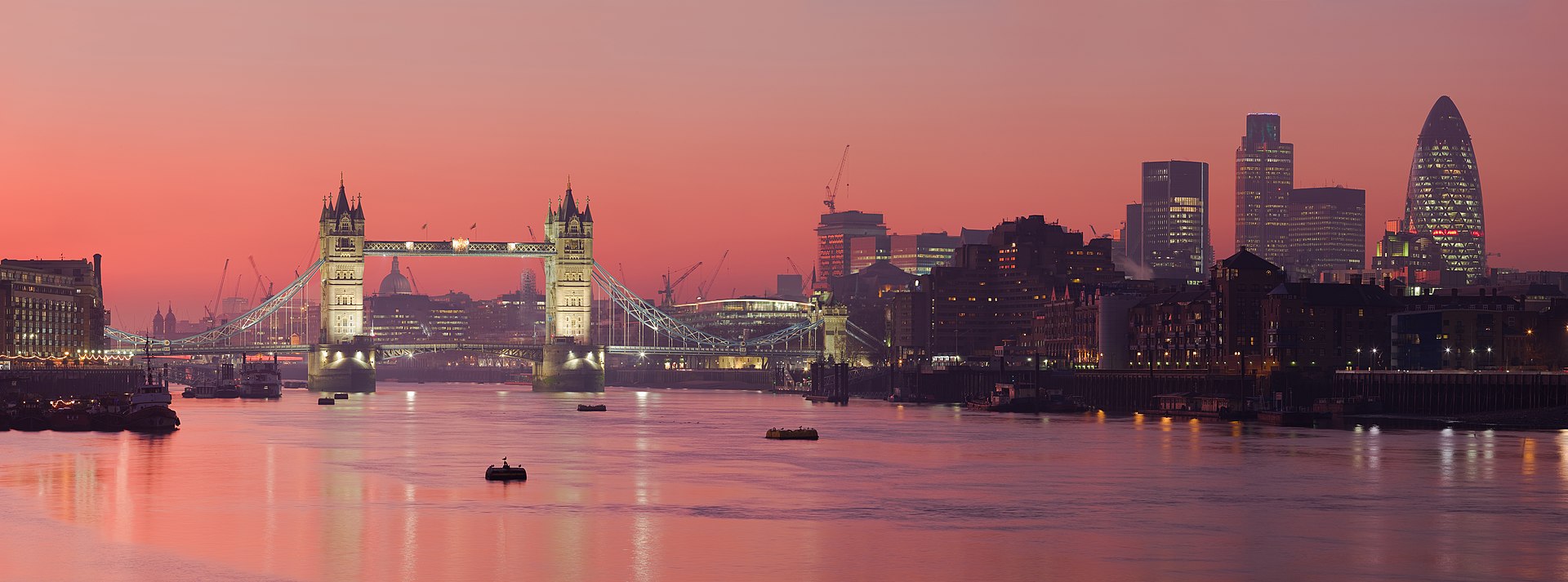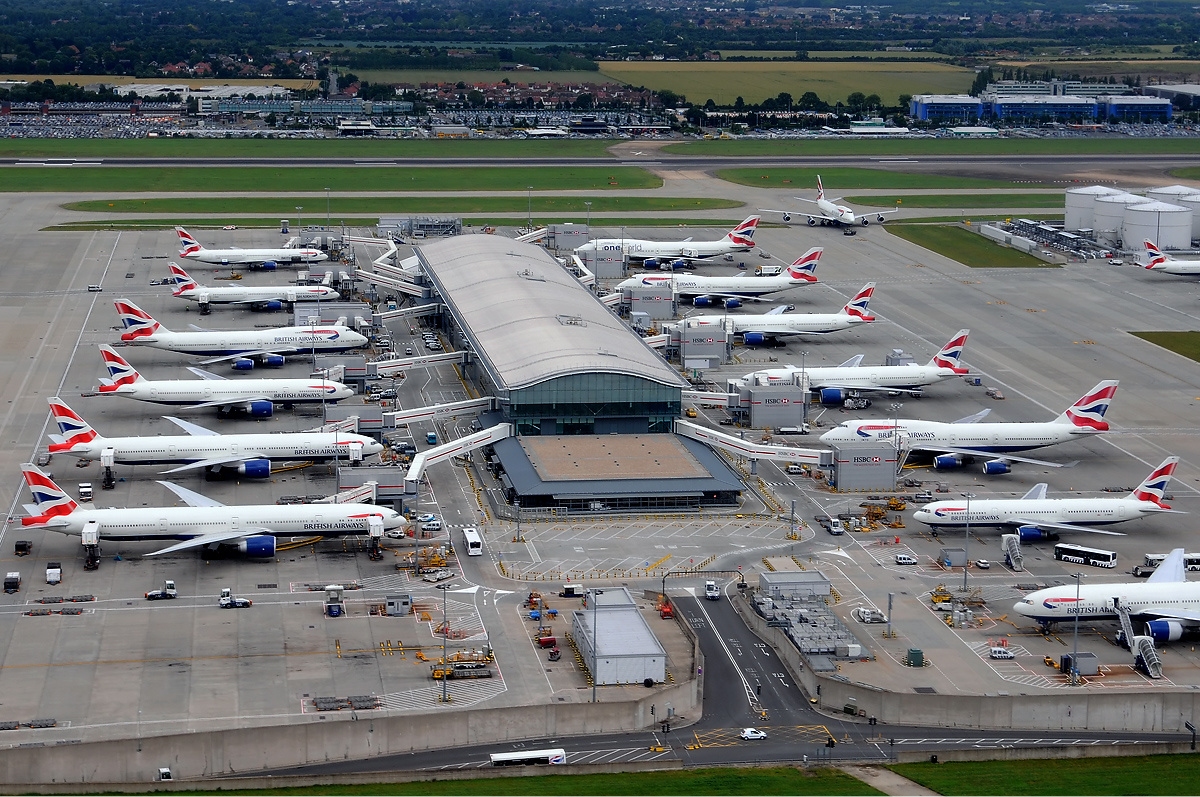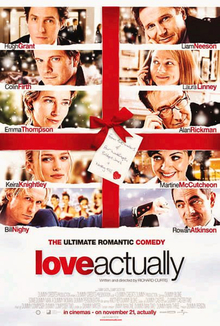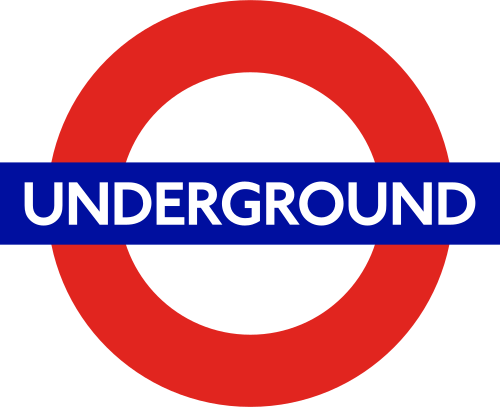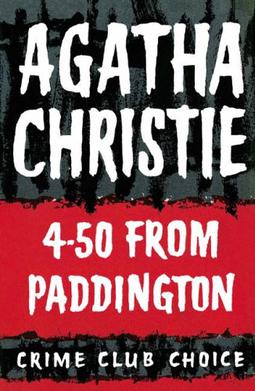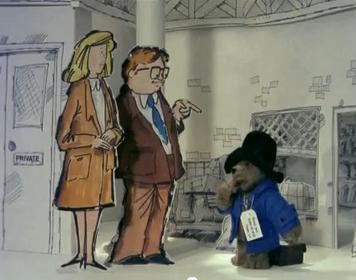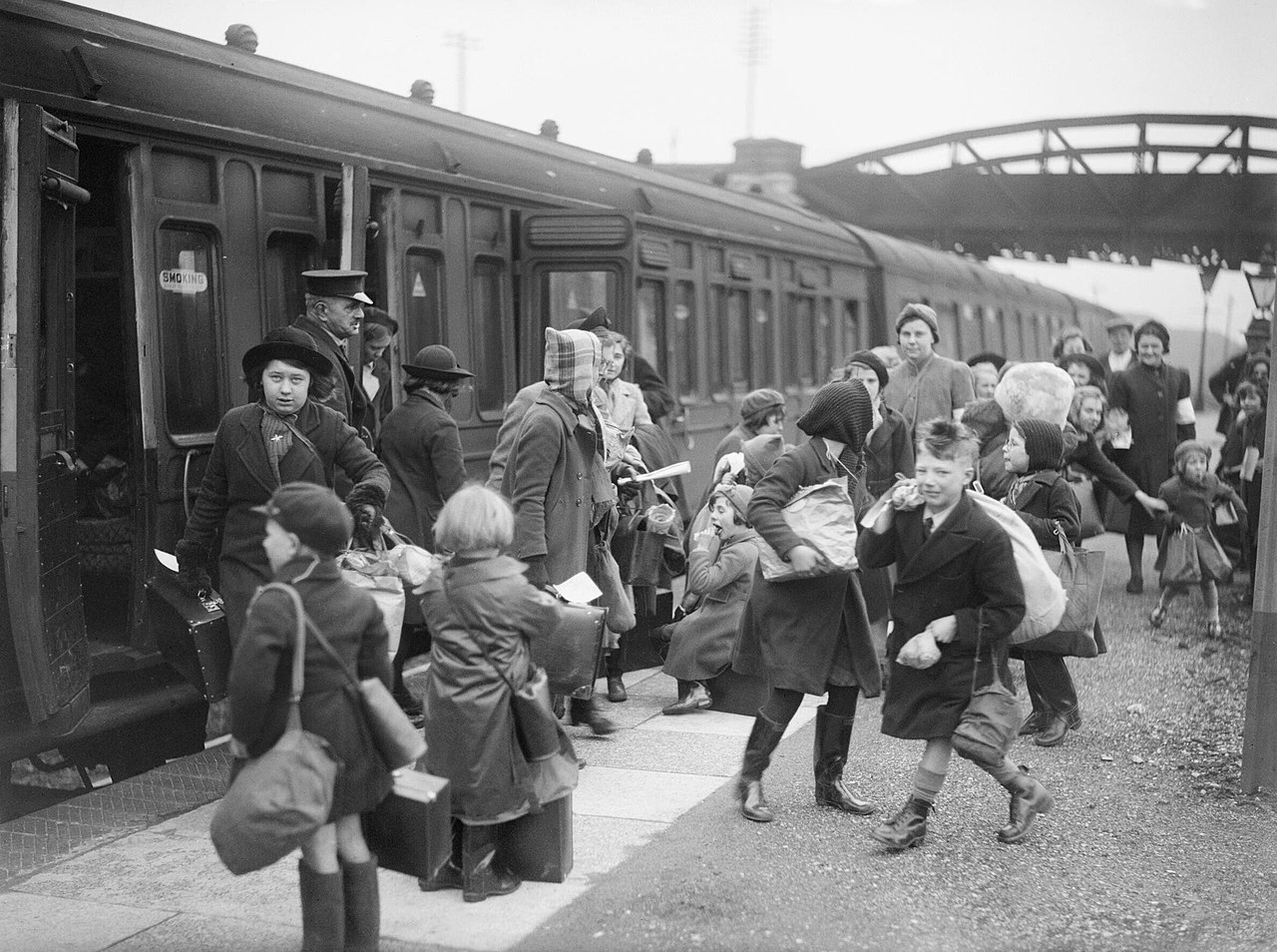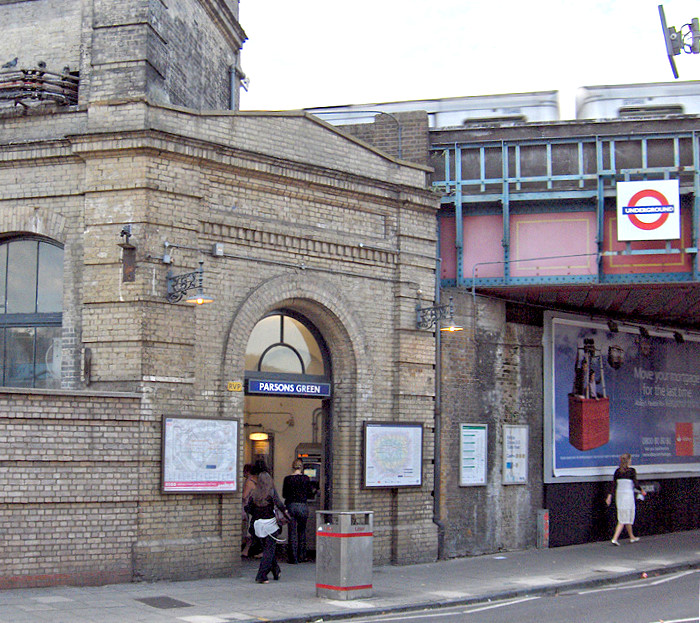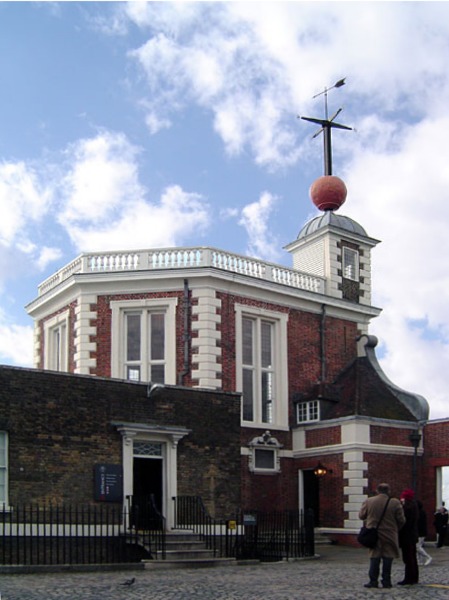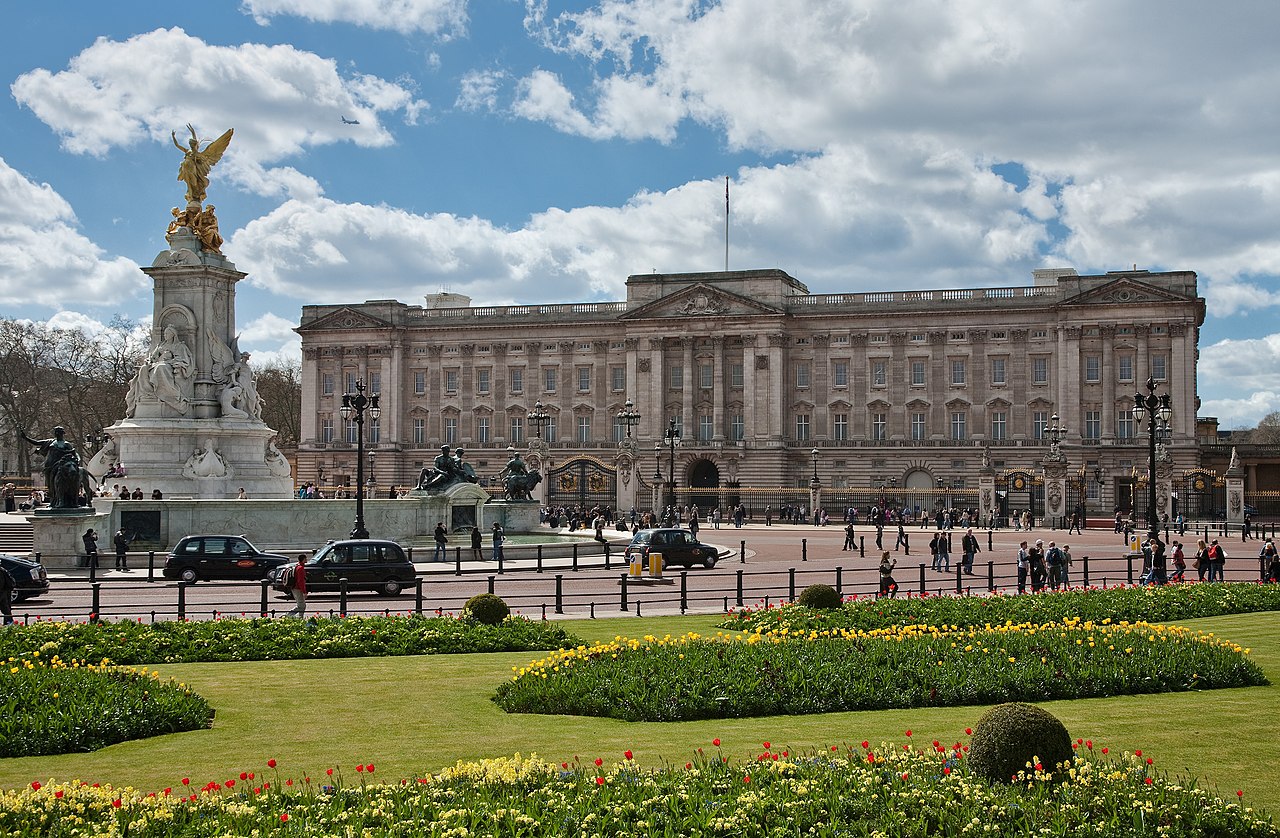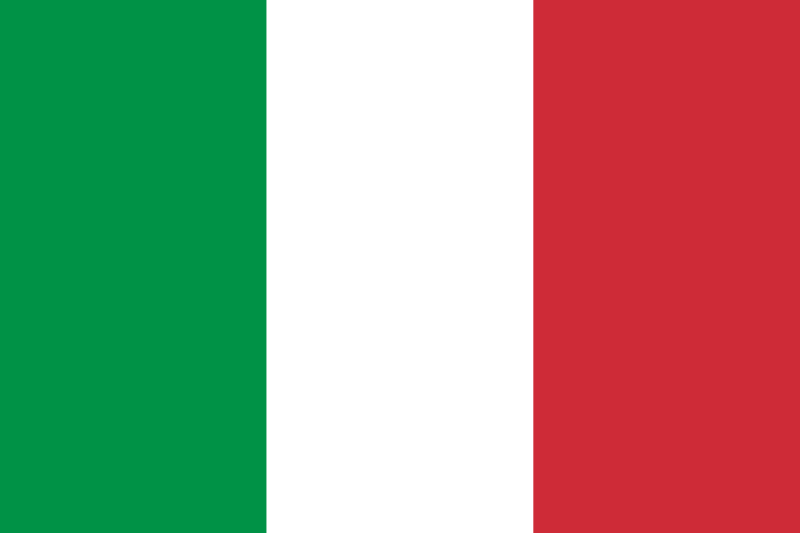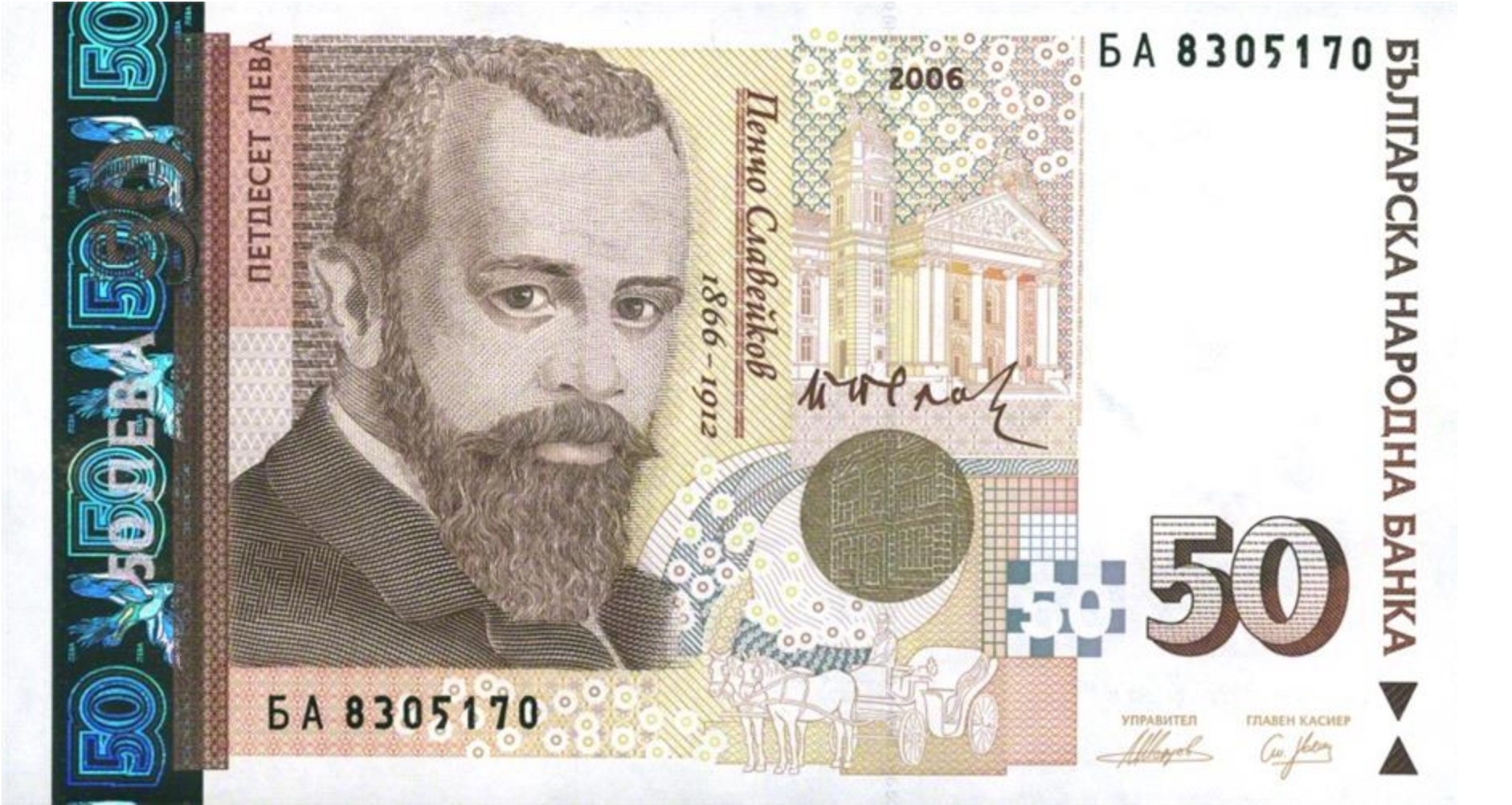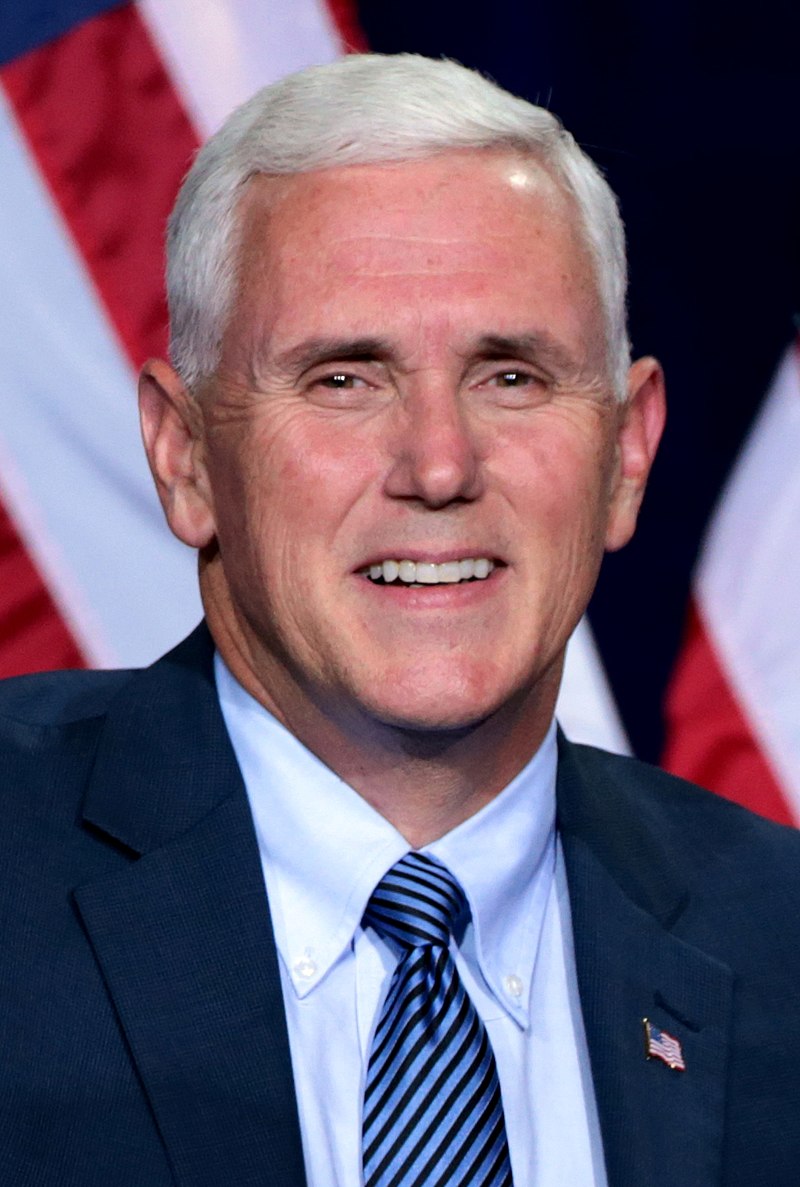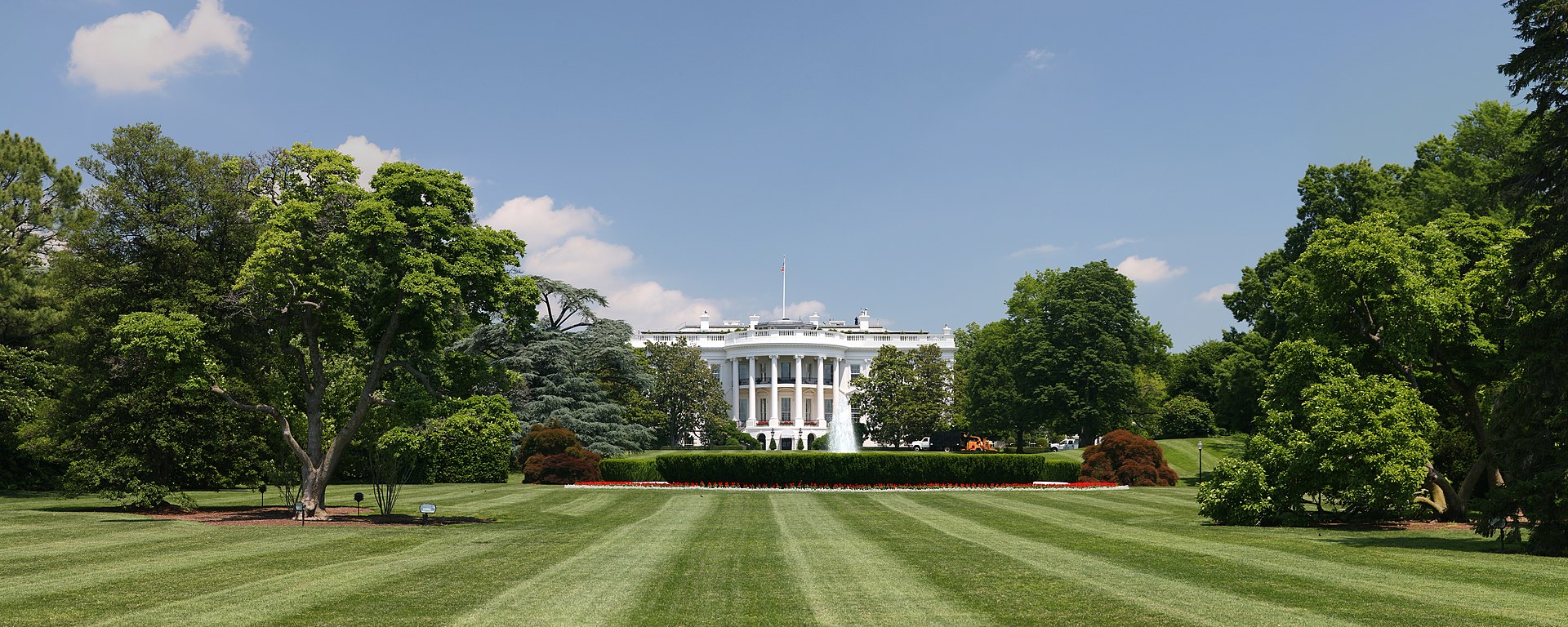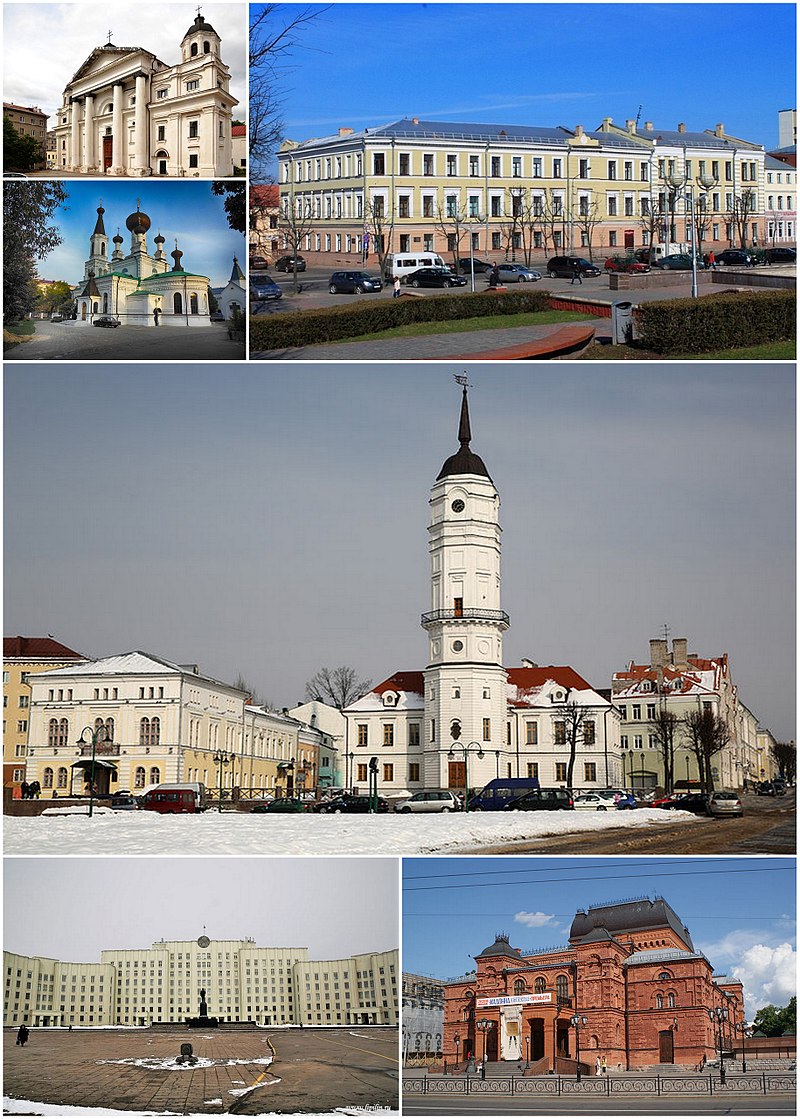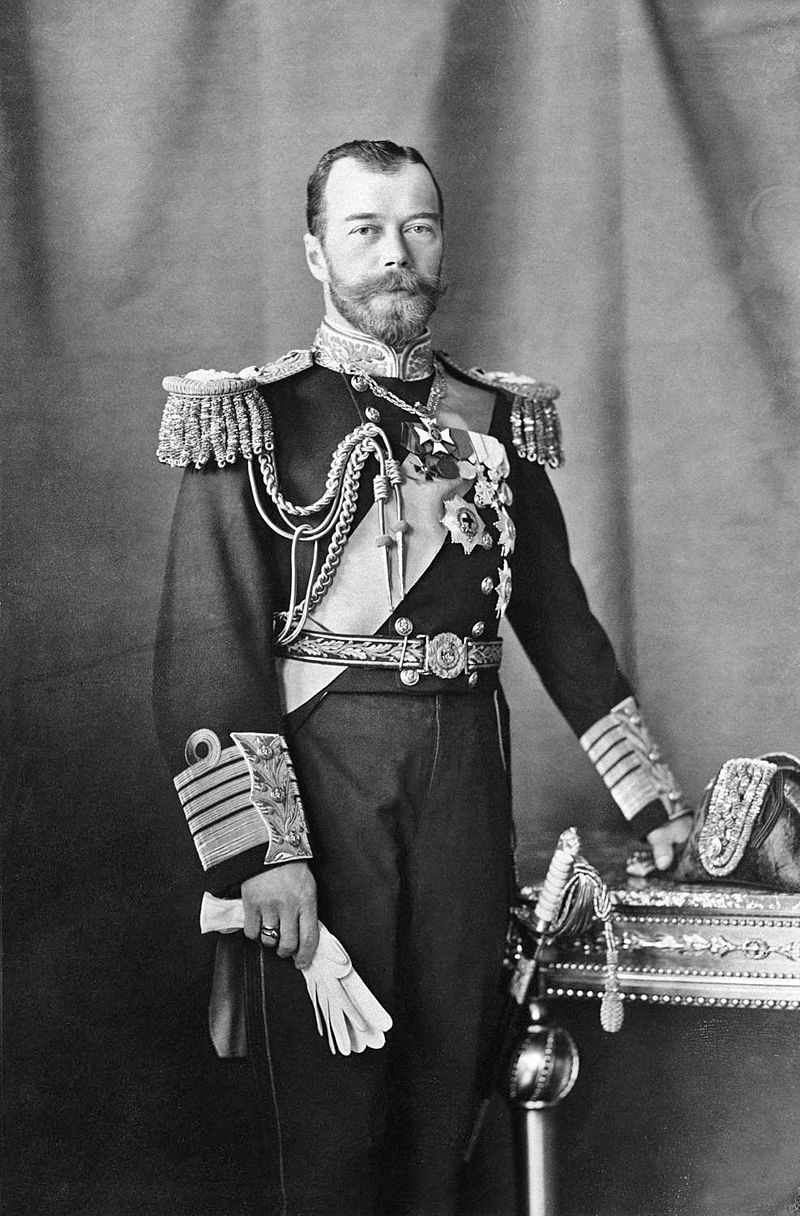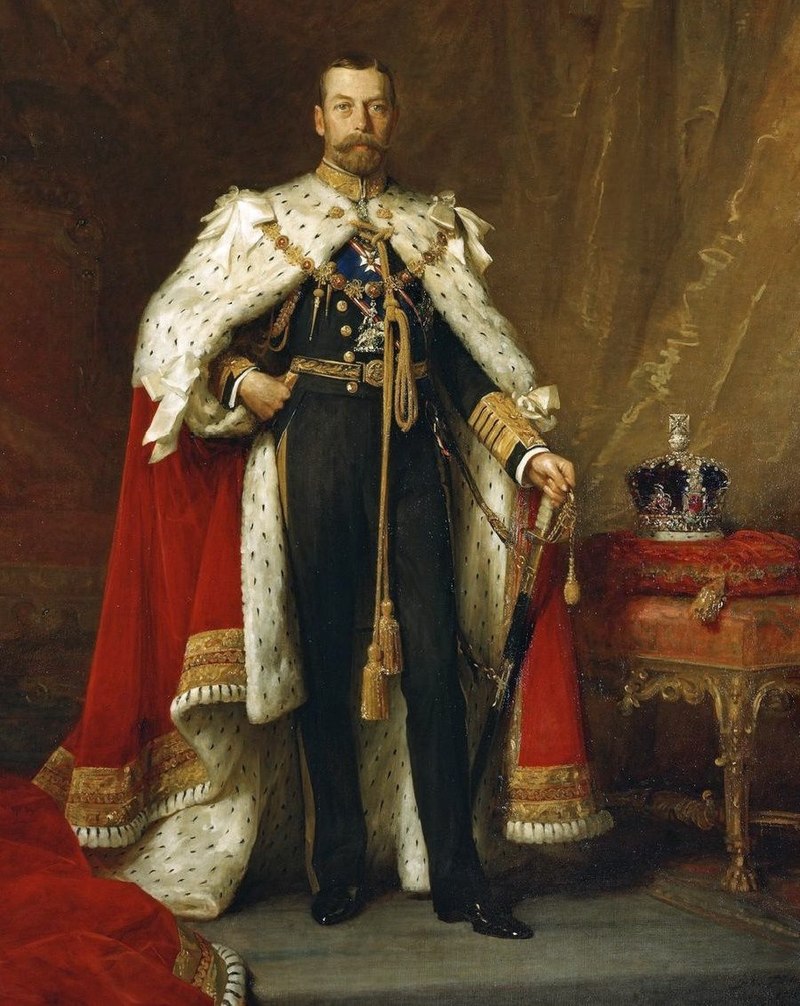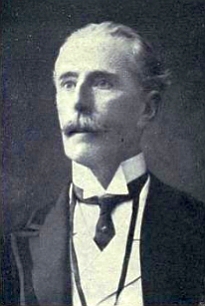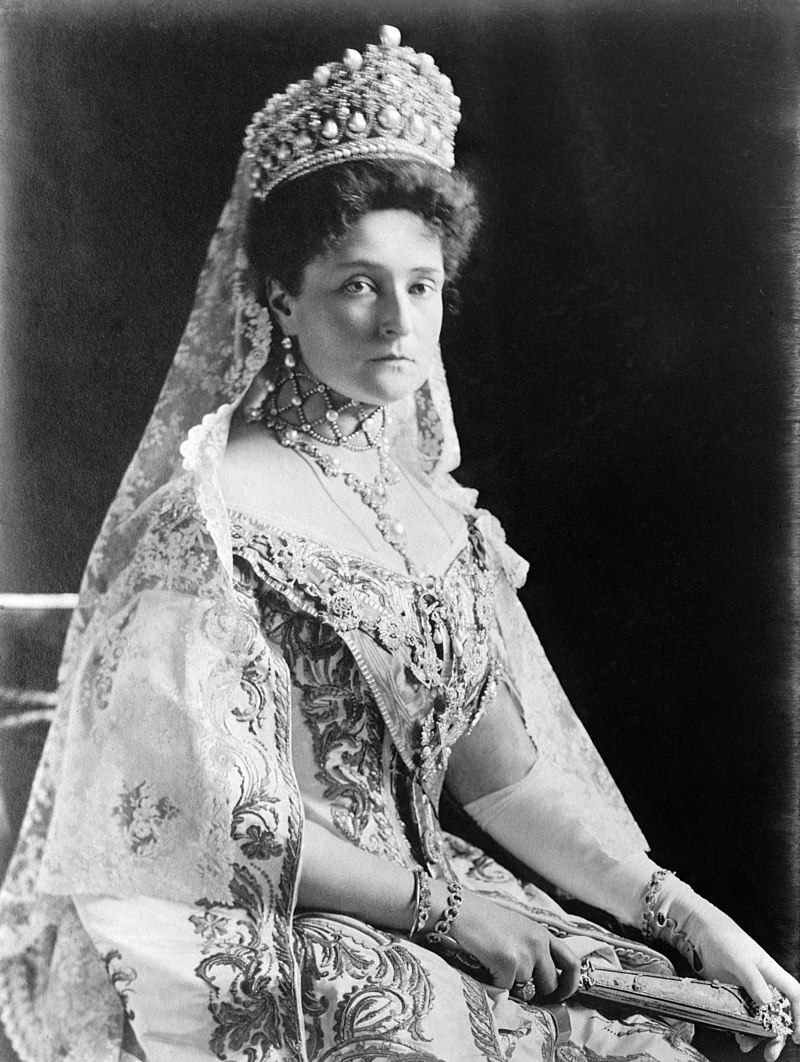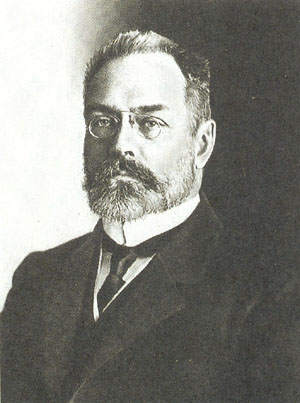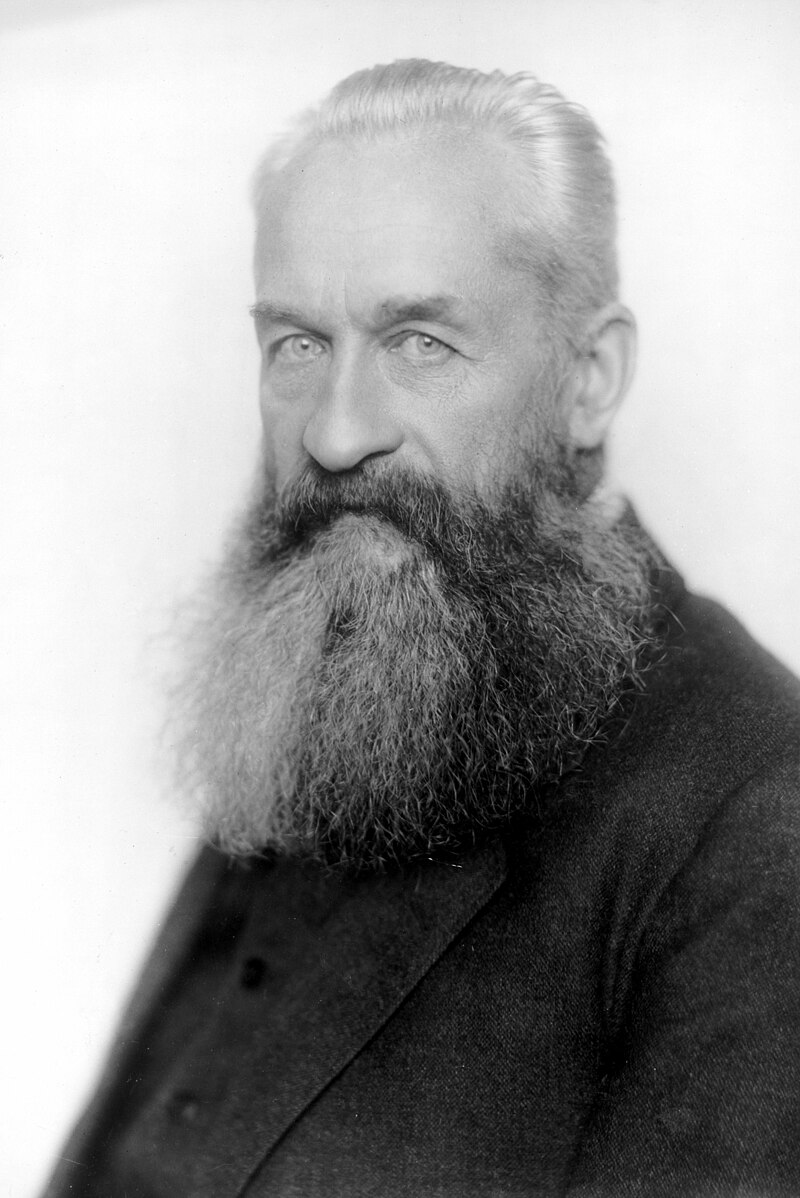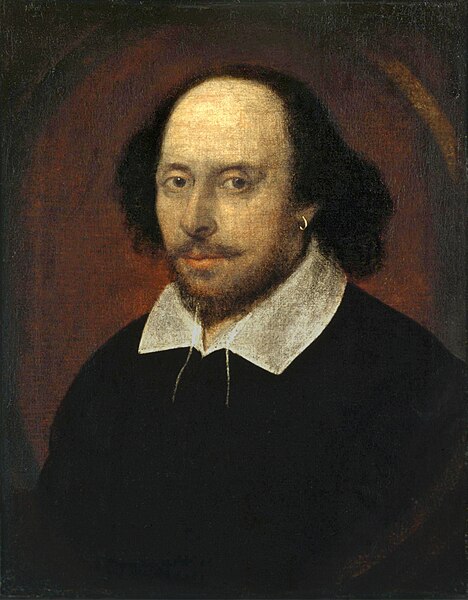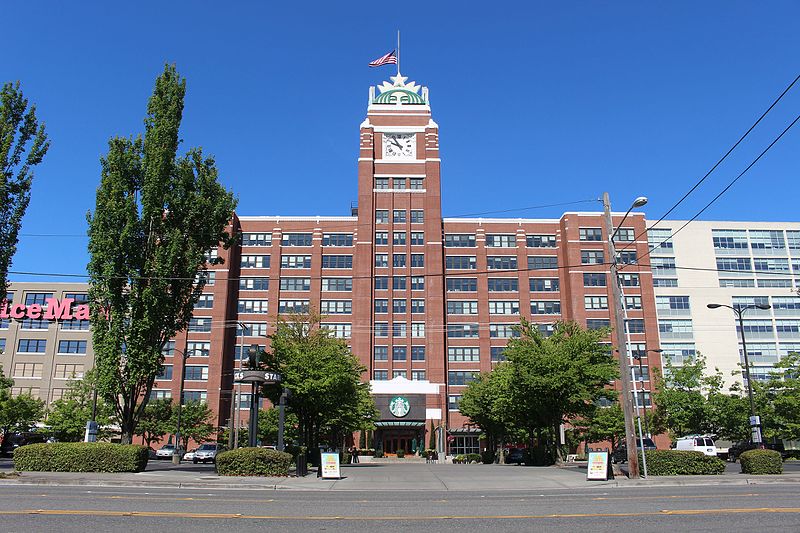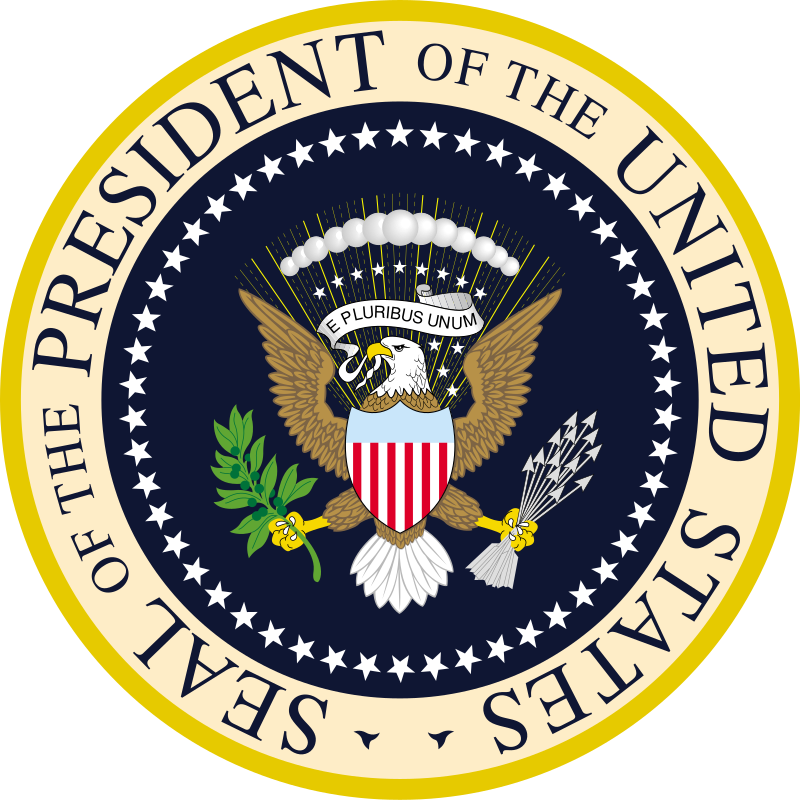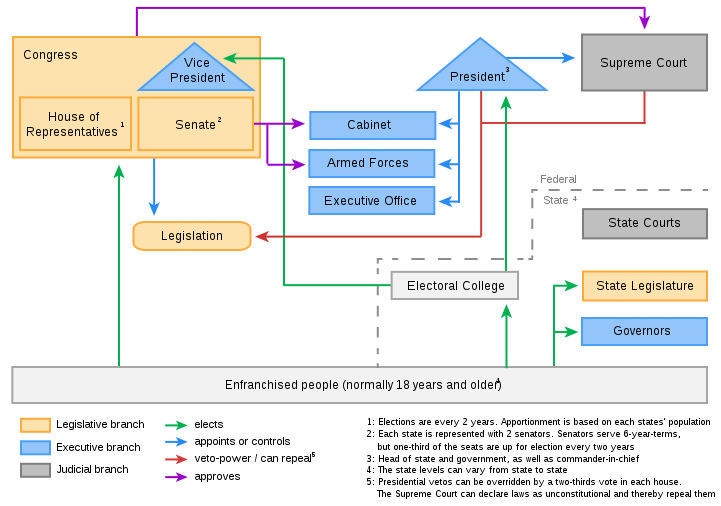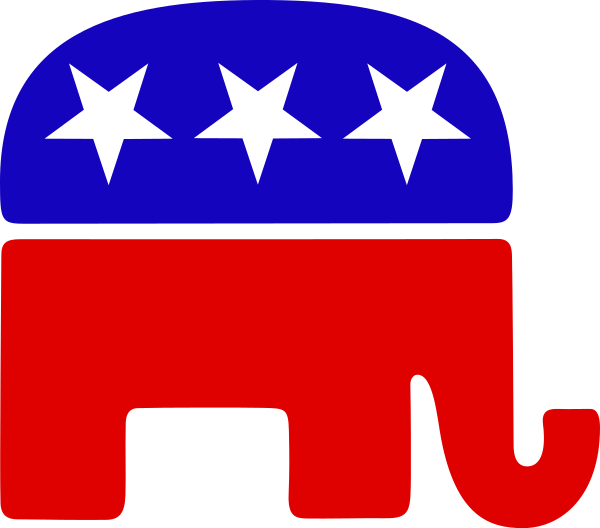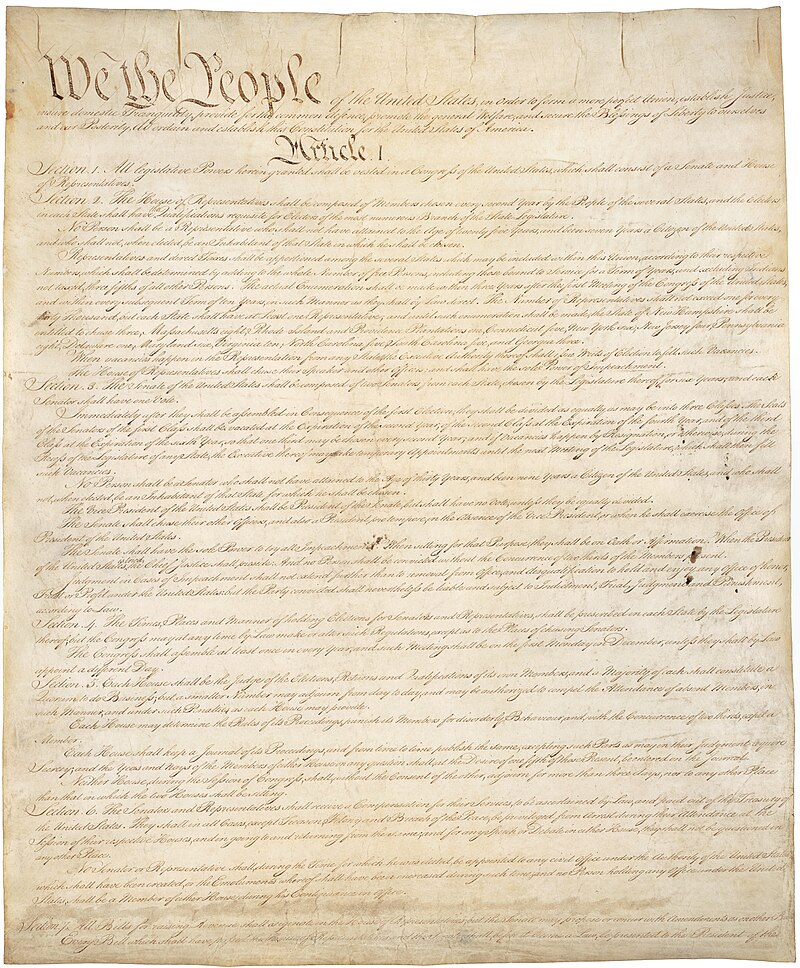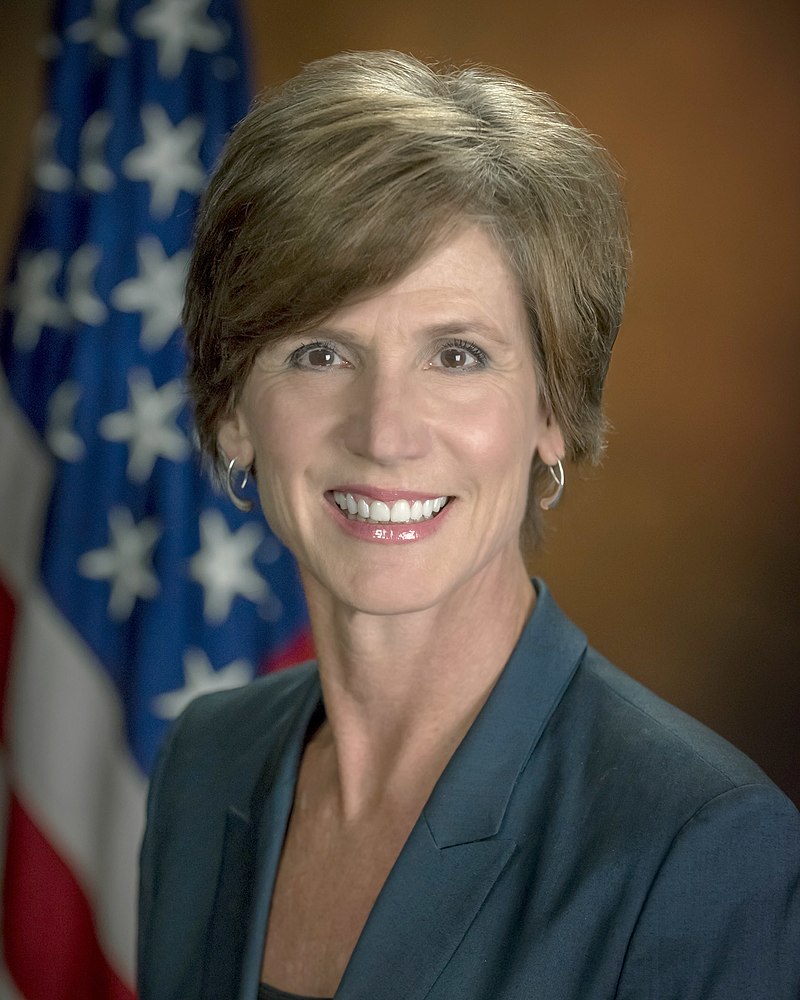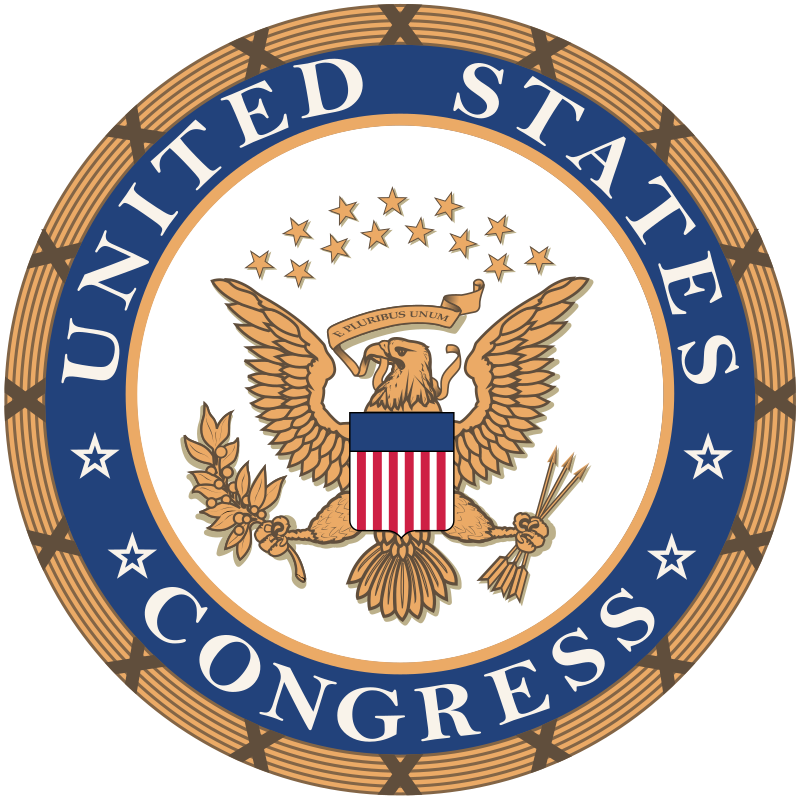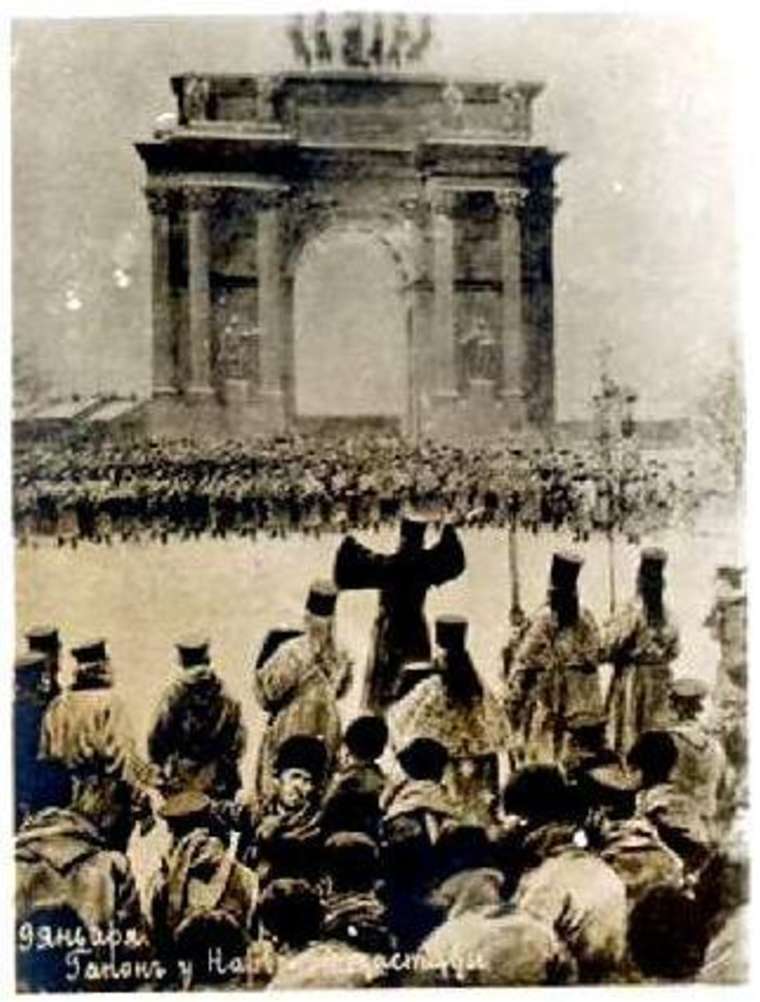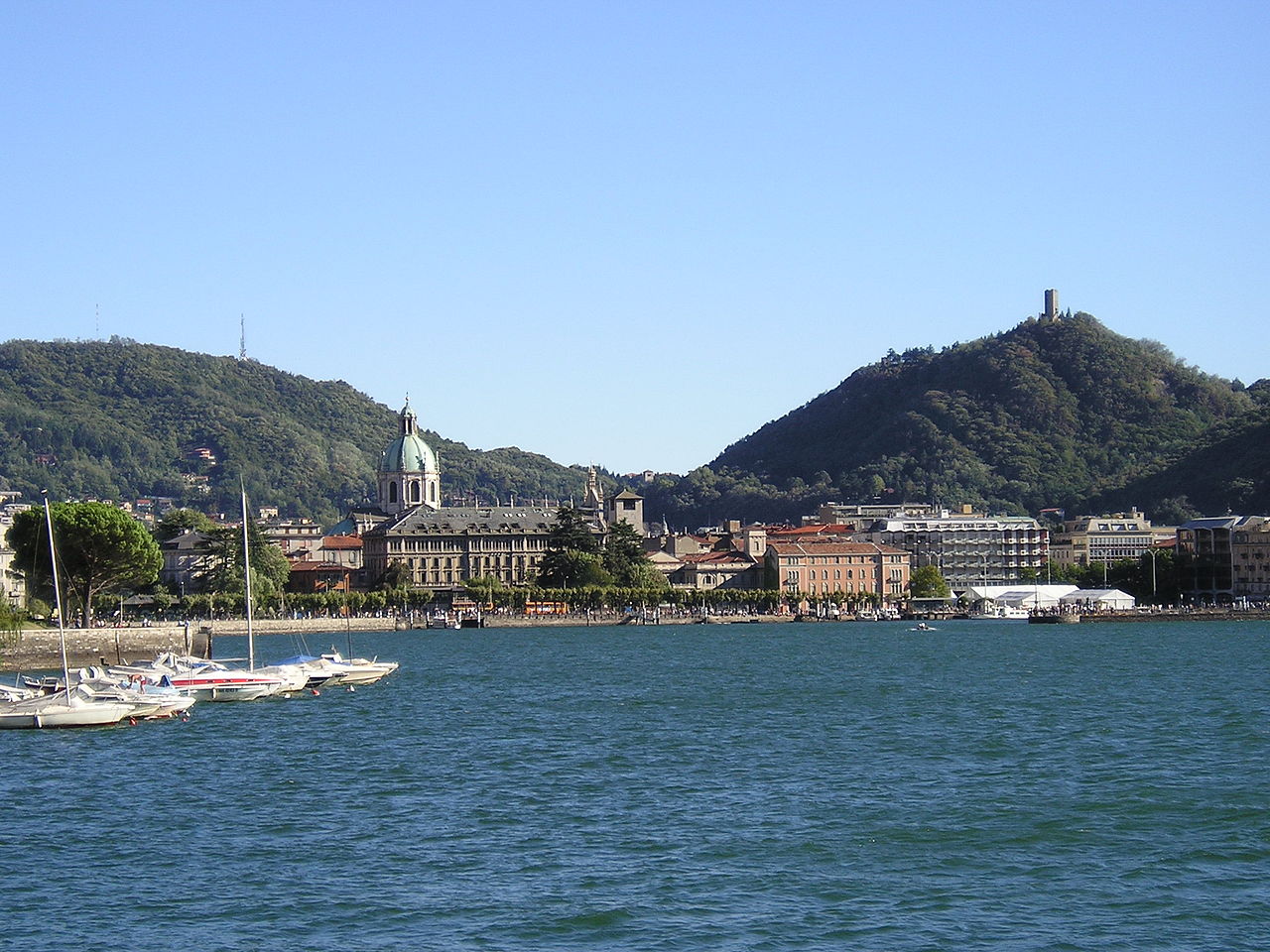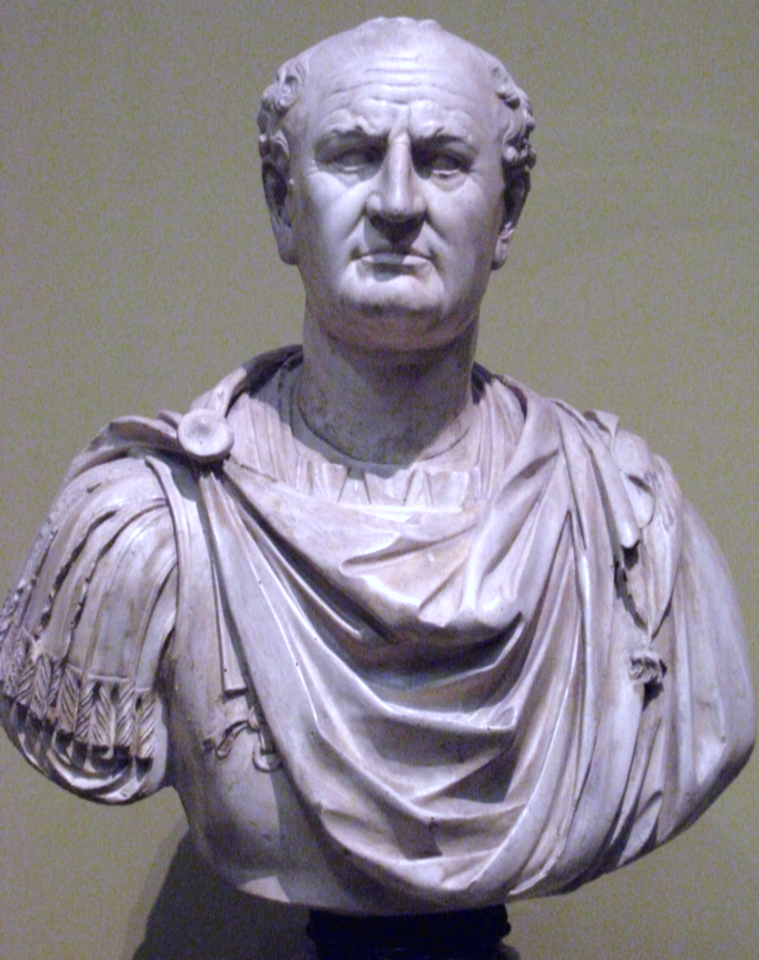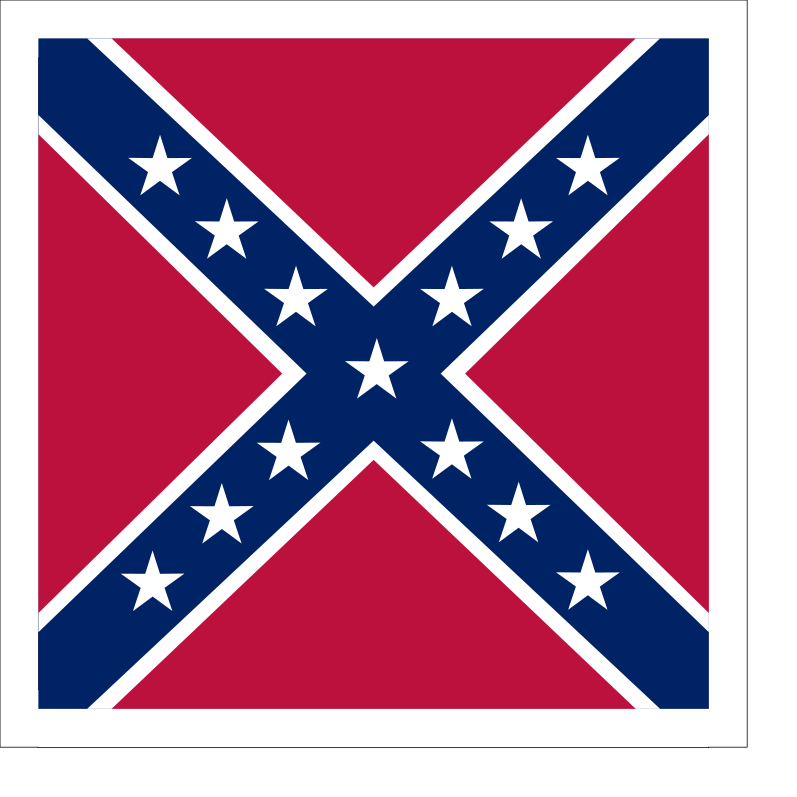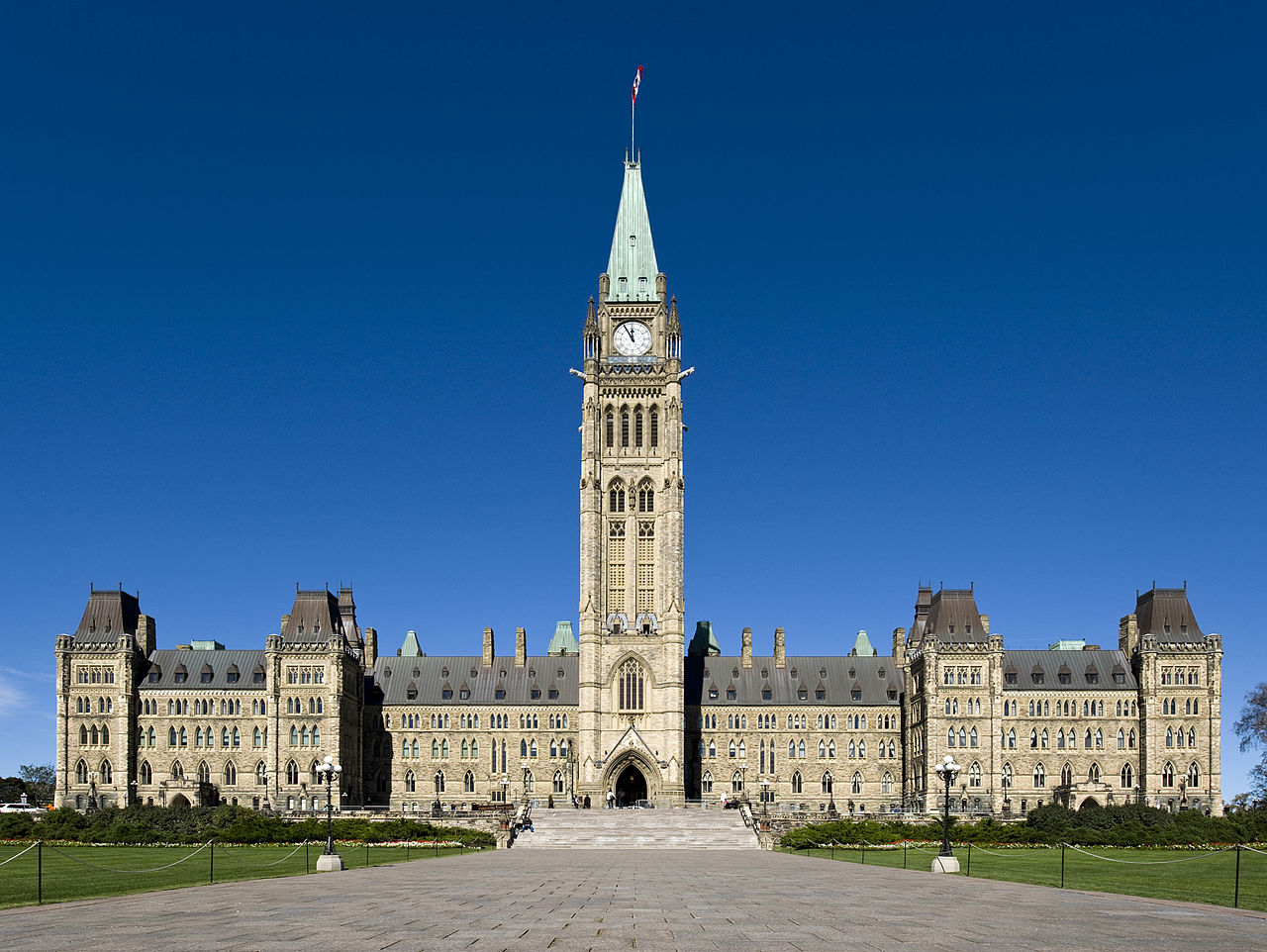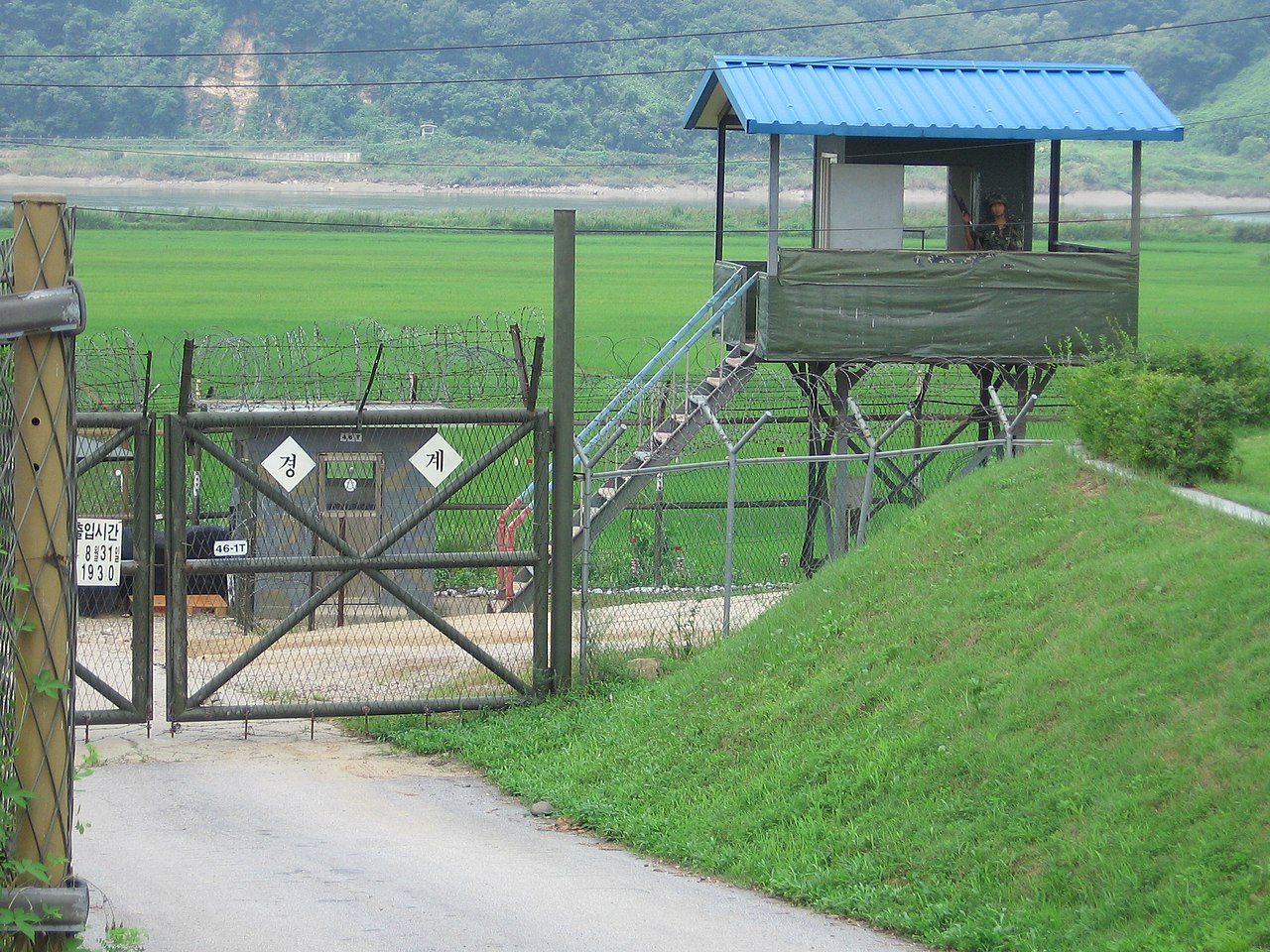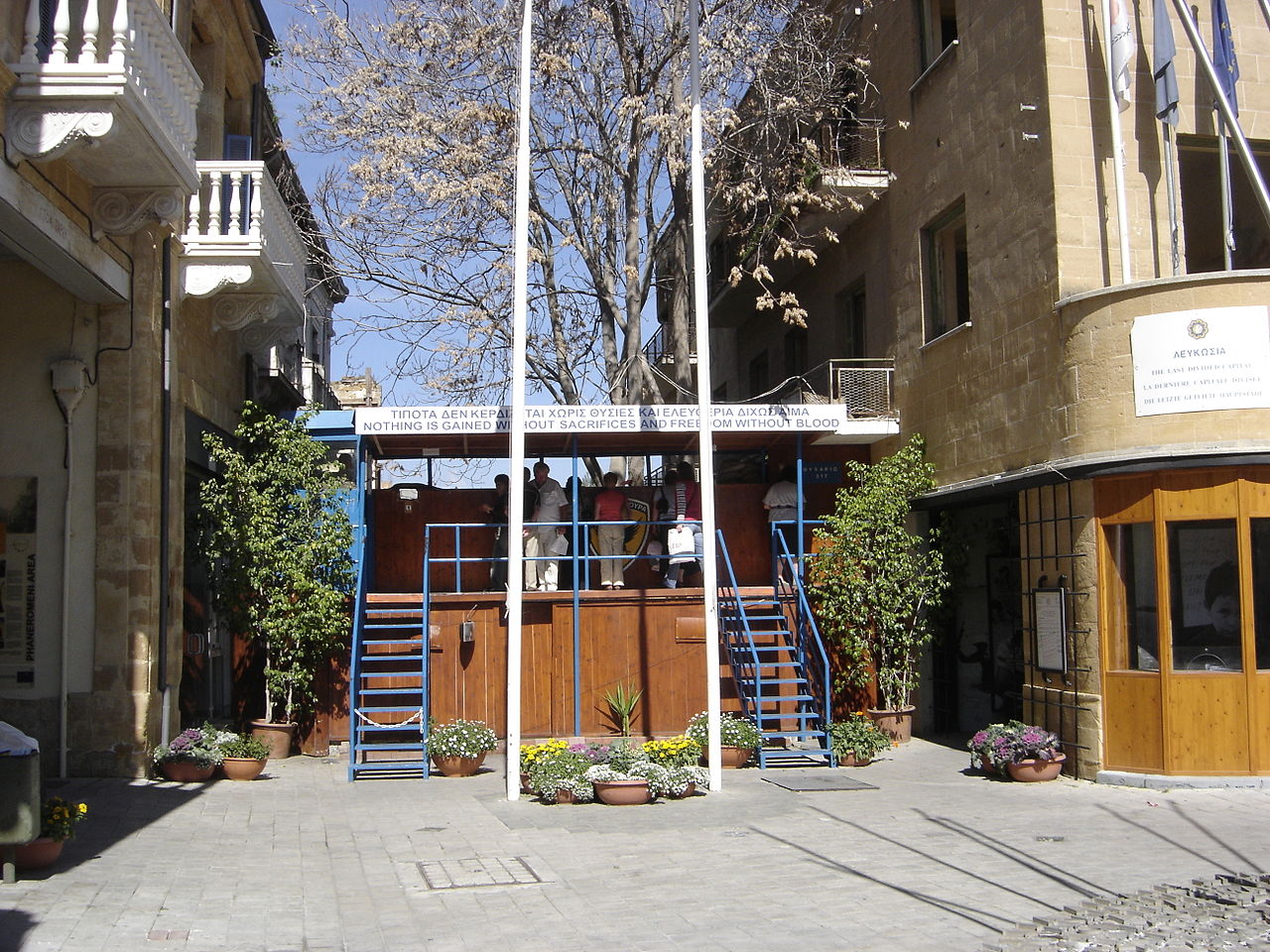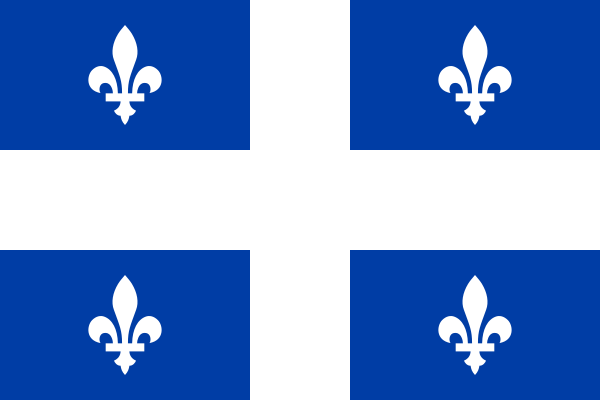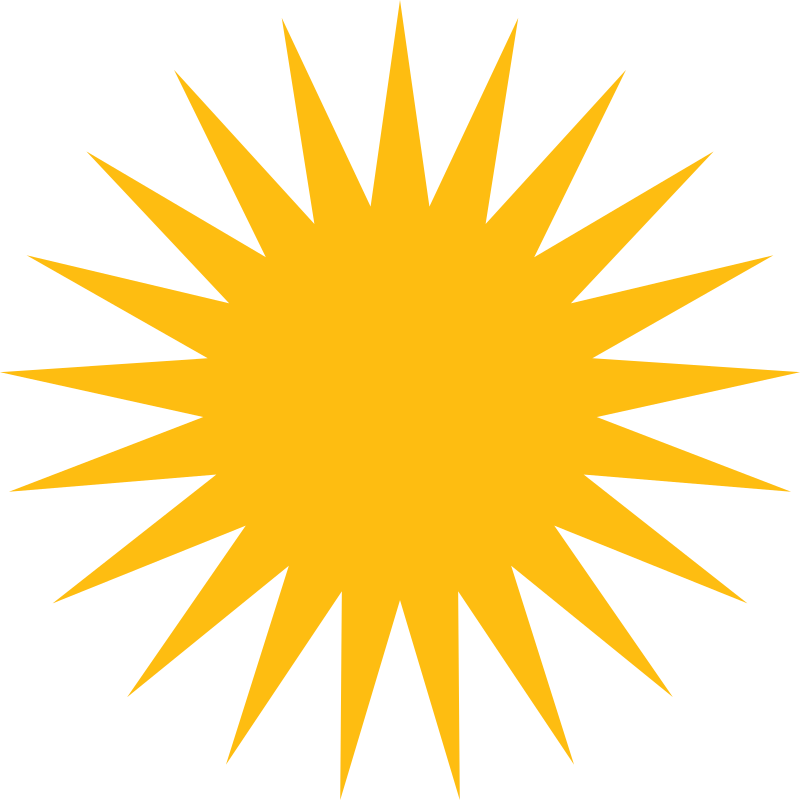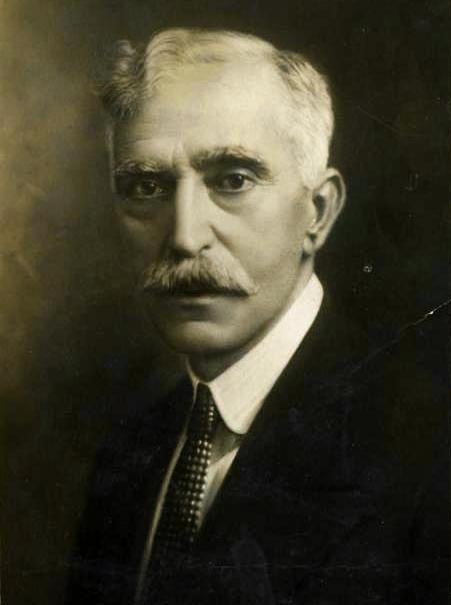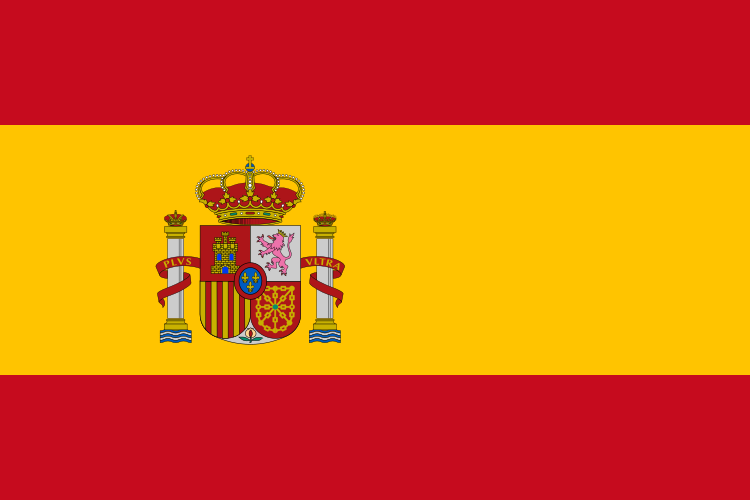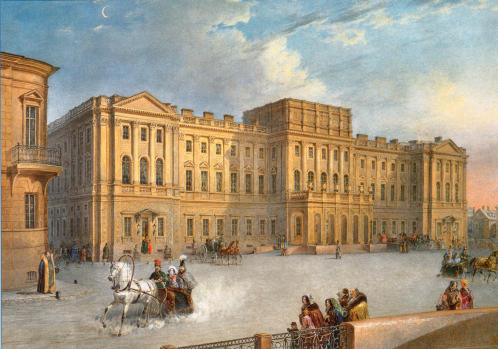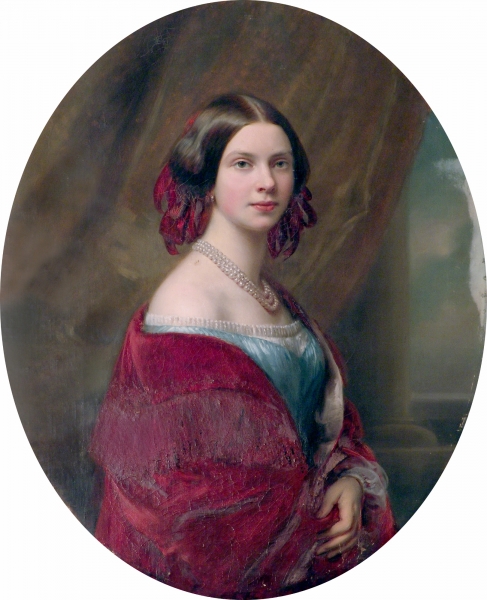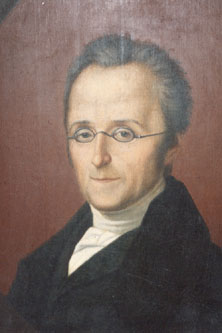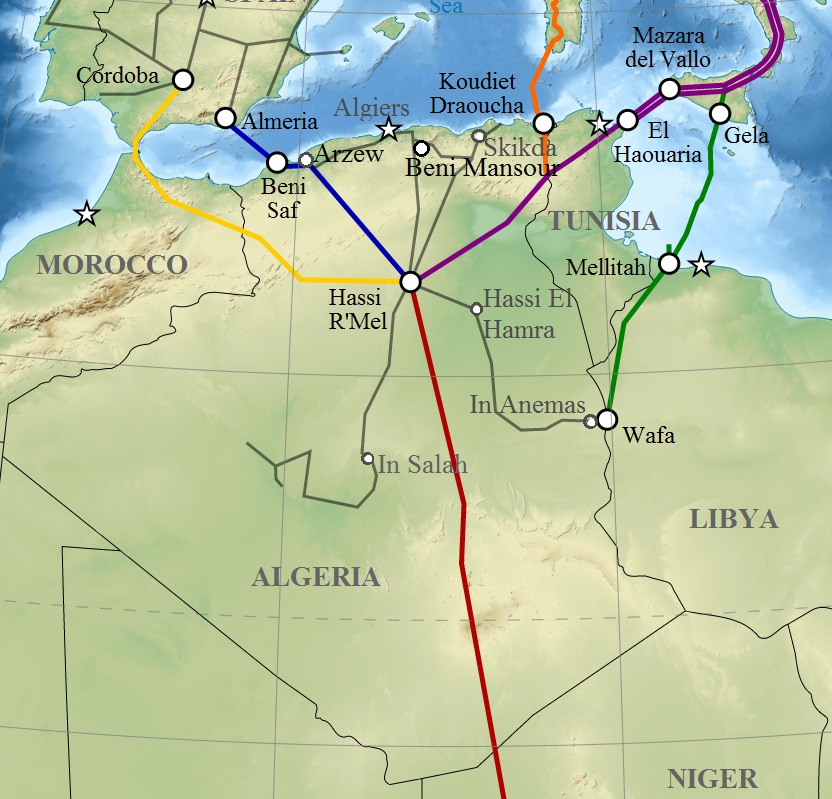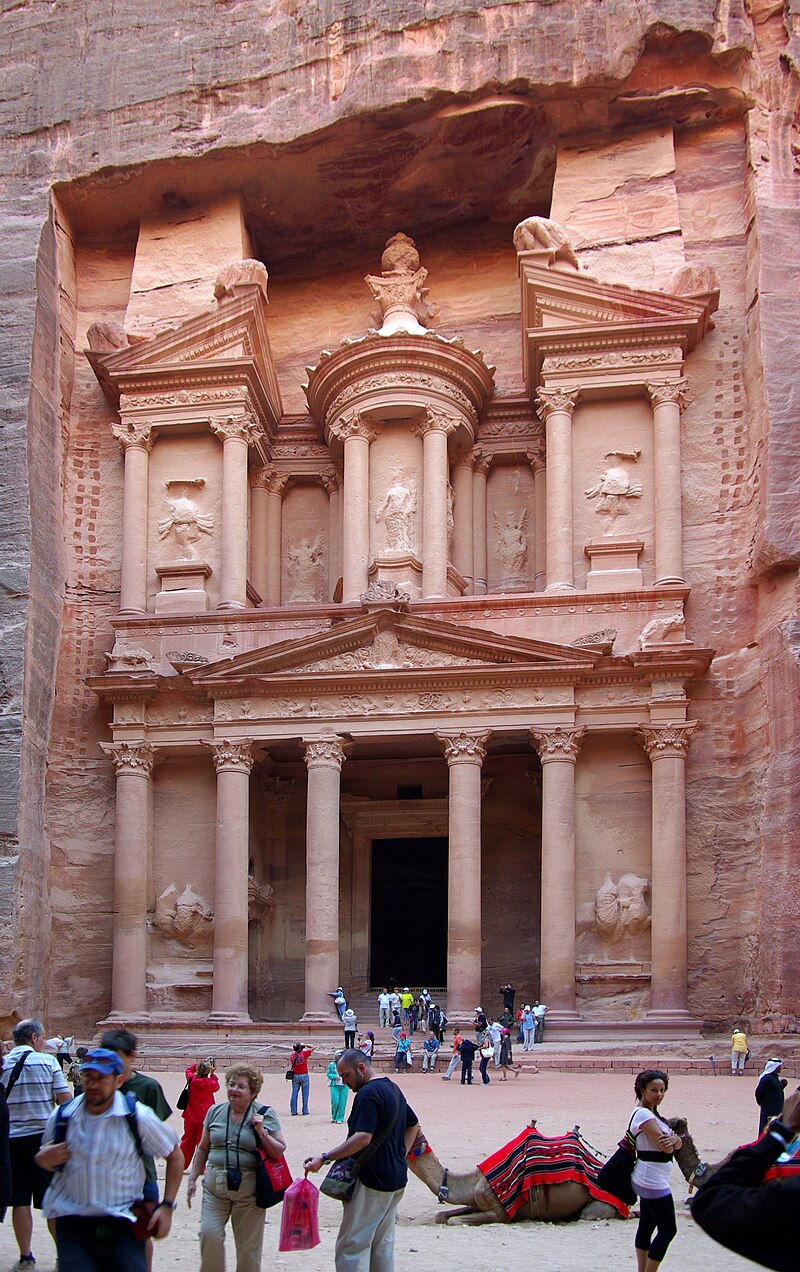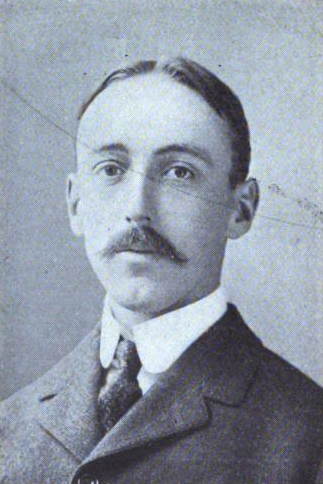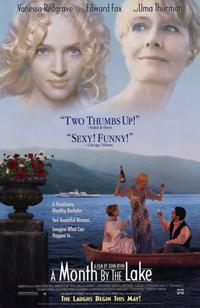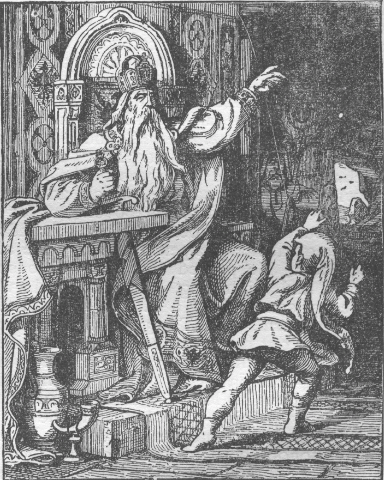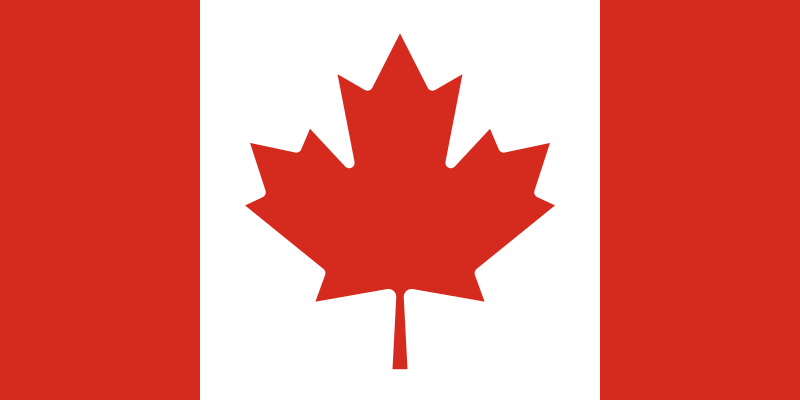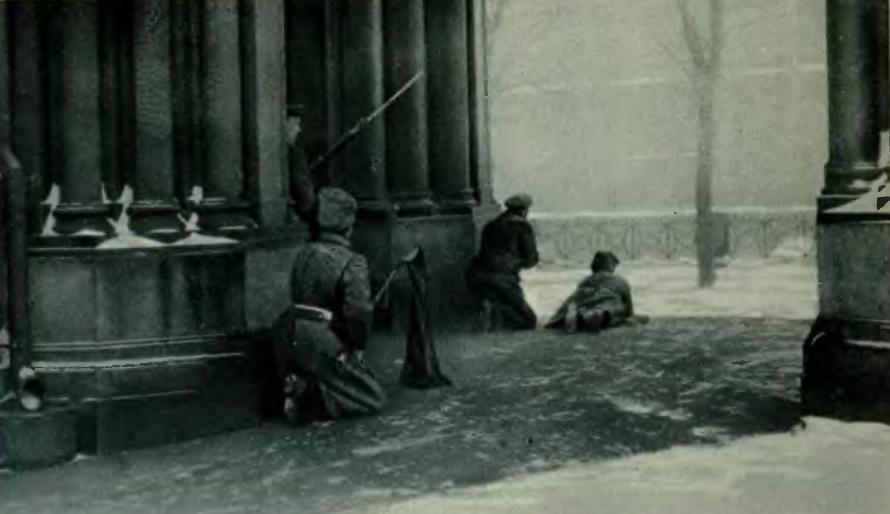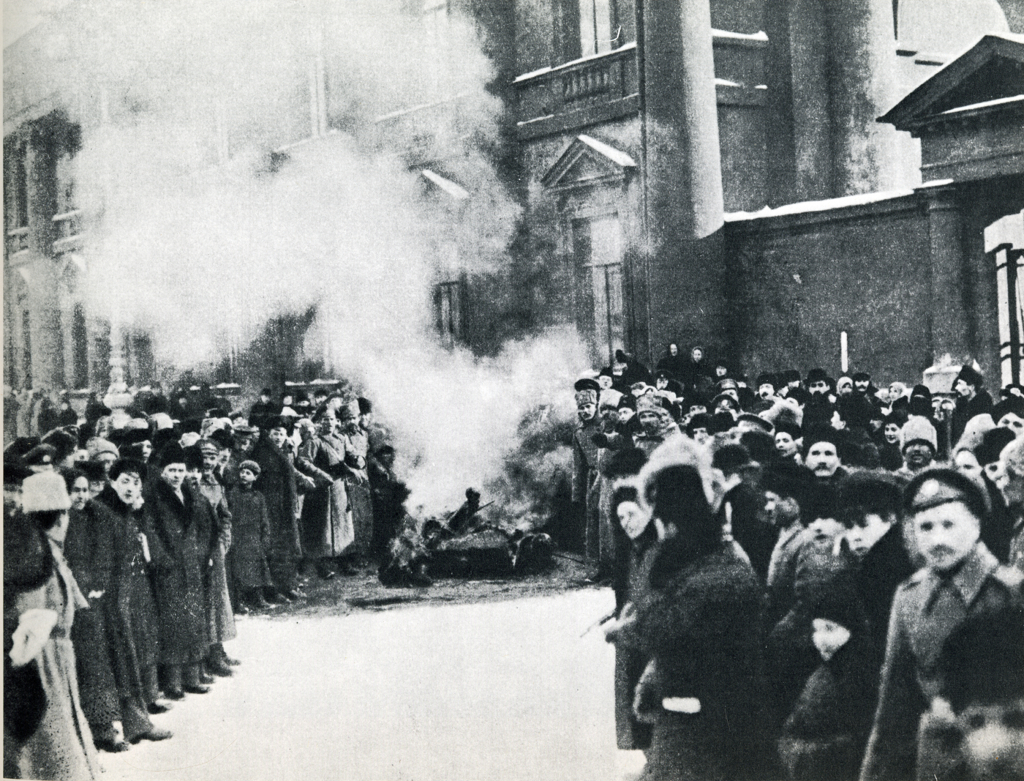Landschlacht, Switzerland, 17 October 2017
We live in such modern times that sometimes it is hard to imagine that there were times before that weren´t so modern.
Perhaps in a thousand years, folks will think that the manner of measuring time using the abbreviations BC and AD (before Christ and Anno Domini – in the Year of Our Lord) later modified to signify religious equality or a lack of religion BCE and CE (before the Common Era and Common Era) might later be interpreted to mean Before Computers (BC) and the Age of Digital (AD)!
We measure electric current in amperes and conveniently forget that amperes are named after the French physicist André Marie Ampere (1775-1836).
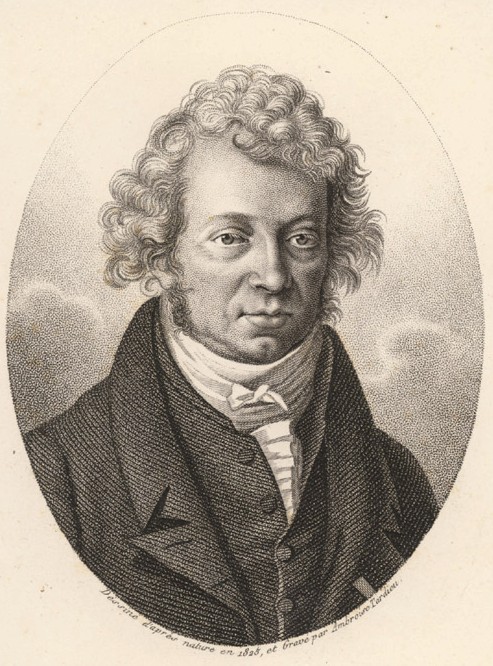
Above. André-Marie Ampere
We measure energy in joules, named after English physicist James Prescott Joule (1818-1889).
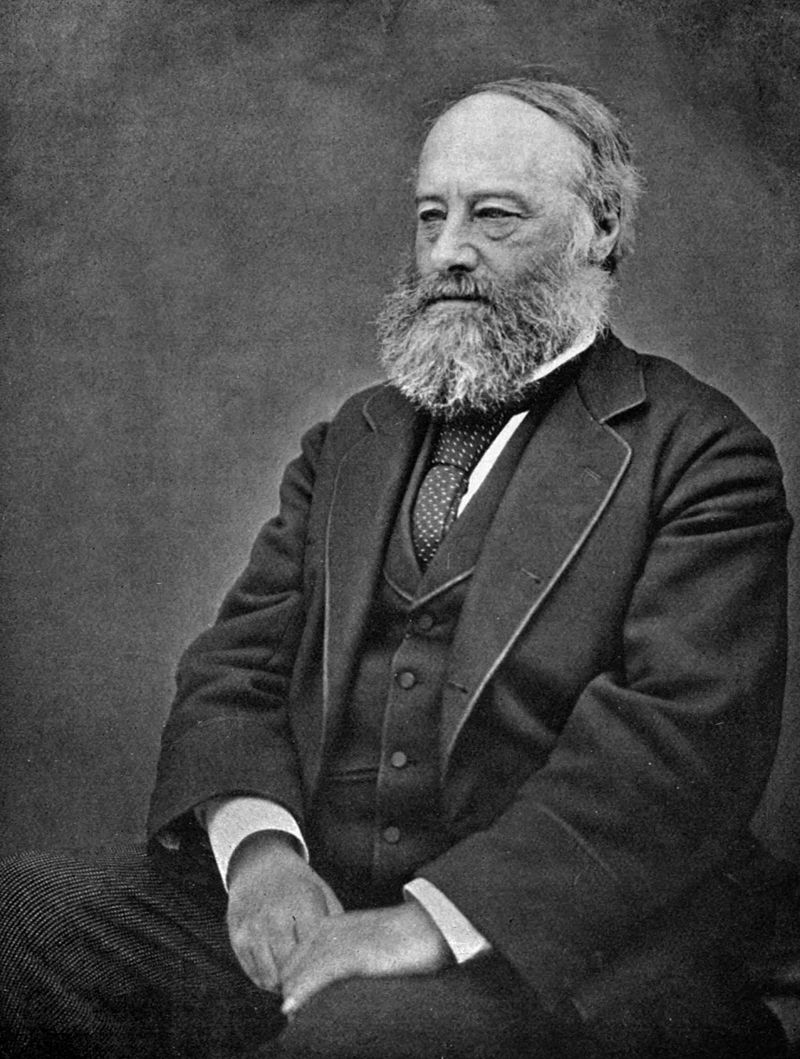
Above: James Prescott Joule
Force is measured in newtons, because of English mathematician Isaac Newton (1642-1726).

Above: Isaac Newton
The Standard Internationale unit for frequency is the hertz, named after German physicist Heinrich Rudolph Hertz (1857-1894).

Above. Heinrich Rudolph Hertz
Power is measured in watts, thanks to Scottish engineer James Watt (1736-1819).
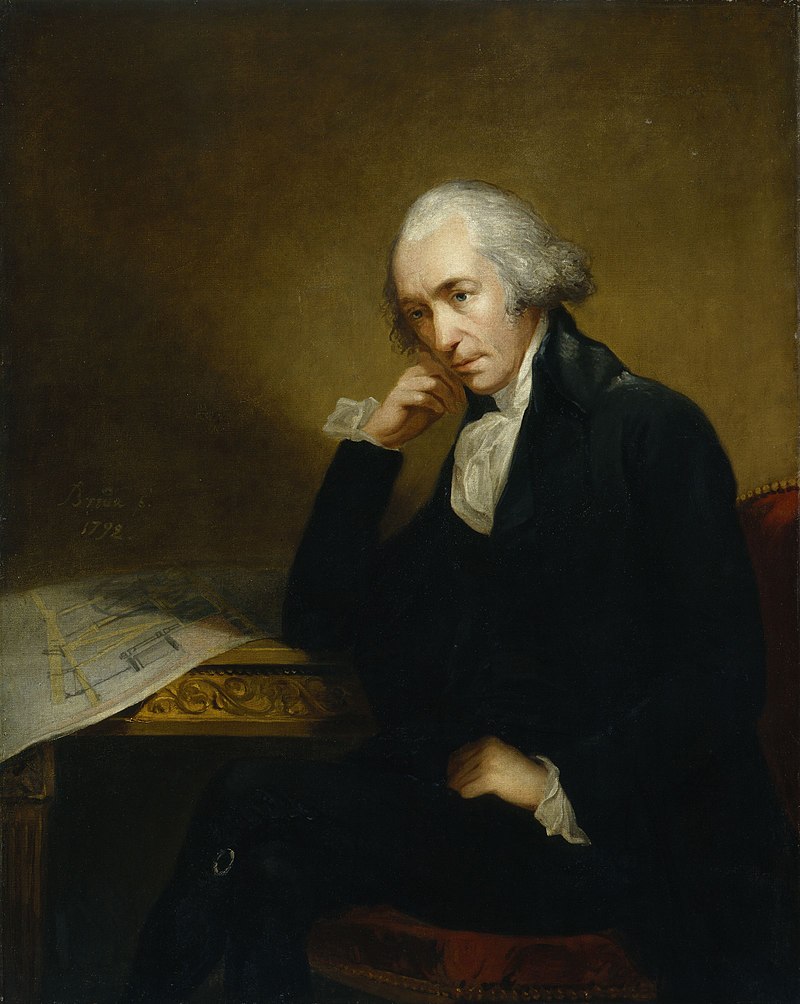
Above. James Watt
The unit for resistance is the ohm, because of German physicist Georg Simon Ohm (1789-1854).

Above: Georg Simon Ohm
We use kelvin, fahrenheit and celcius to measure temperature, named after Scottish physicist William Thomson, 1st Baron Kelvin (1824-1907), Polish physicist Daniel Gabriel Fahrenheit (1686-1736) and Swedish astronomer Anders Celcius (1701-1744)

Above: William Thomson, Baron Kelvin

Above: Daniel Gabriel Fahrenheit

Above: Anders Celsius
We have Napoléon Bonaparte and revolutionary France to thank for the metric system.
But the Italians of Como would be very cross if you forgot their native son, father of the volt that measures electric force, Alessandro Giuseppe Antonio Anastasio Volta (1745-1827).

Above: Alessandro Volta
Italy´s smaller contributions to everyday life are so numerous as to go unnoticed.

Above: The flag of Italy
There would be no pistols but for the city of Pistoia, no savon in France but for the city of Savona; no faience anywhere but for the city of Faenza; no millinery but for the city of Milano; no blue jeans but for the city of Genoa (Gênes in French); no Neapolitan ice cream without Napoli; no Roman candles without Roma; no Venetian blinds without Venezia; no bologna without Bologna; no Parmesan cheese without Parma;
Italian Cristoforo Colombo discovered America for the Americans, albeit after the Original Peoples, the Vikings and Atlantic fishermen.

Above: Italian Explorer Cristoforo Columbo (in English, Christopher Columbus)(1451 – 1506)
Italians taught poetry, statesmanship and the ruses of trade to the English, military art to the Germans, cuisine to the French, acting and ballet dancing to the Russians, and music to everybody.
The list of famous Italians is awe-inspiring and far too many to list conclusively.
Suffice to say, Italy has produced some of the world´s finest saints and sinners, political thinkers and military leaders, admirals and scientists, navigators and philosophers, poets, painters and musicians.
Italians have always respected and admired great scientists, especially if their discoveries and theories were abstract and incomprehensible.
Nowhere is this mix of respect and admiration combined with the abstract and incomprehensible more evident than it is in Como with their native born son Italian physicist and chemist Alessandro Volta.
Como, Italia, 2 August 2017
From the modern hotels and banks of Piazza Cavour, the main square overlooking the Lago di Como, the wife and I walked south along arcaded Via Caio Plinio to Como´s marble-faced Duomo.

Above: Duomo di Como (Como Cathedral)
The Duomo is considered to be Italy´s best example of Gothic-Renaissance fusion.
Fairytale pinnacles, rose windows and clownish gargoyles combine with rounded arch portals.
Inside the Gothic aisles are hung with dark rich tapestries woven with biblical scenes, including a sleepy Madonna, an adoration by the Magi and a leisurely flight to Egypt of Joseph and Mary avoiding Herod´s planned execution of the Christ child.
(See Canada Slim and the Inappropriate Statues of this blog regarding the Duomo.)
Next to it the polychromatic town hall, the Broletto, is an elegant construction with a tricolour facade of gentle pink, white and grey, with a 15th century balcony deliberately designed for municipal orators.

Above: Il Broletto di Como (Como Assembly Hall)
The Broletto is also known as the Palazzo della Ragione – the Palace of Reason.
Behind the Duomo the neoclassical facade of the Teatro Sociale built on the remains of the castle of the Torre Rotunda – the Round Tower – stands out with its Corinthian columns.
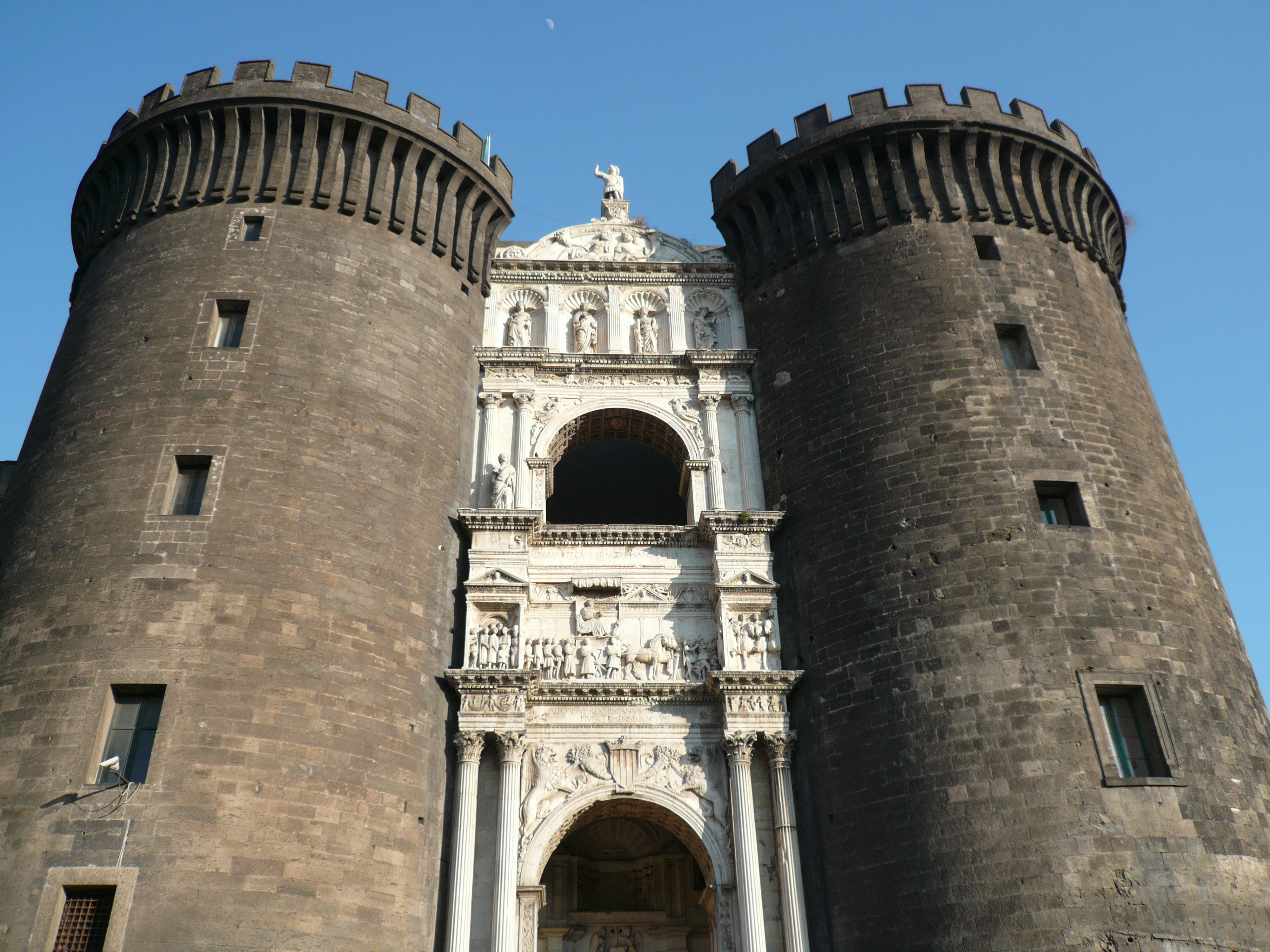
Above: Torre Rotunda, Como
Beyond the railway there is the Piazza del Popolo with the famous Casa del Fascio – the House of Fascism – erected in the 1930s as the headquarters of the local Fascist party and designed by Comoese architect Giuseppe Terrigni – it is universally considered to be a masterpiece of the architectural style known as Rationalism.

Above: Casa del Fascio, Como
In the heart of the old town we encountered the medieval square Piazza San Fedele, (formerly called the Piazza del mercato del grano – Grain Market Square), which owes its name to the basilica situated here named after the saint who brought Christianity to the Como region.

Above: Piazza San Fedele, Como
The basilica´s unusual layout is noteworthy, as it is a circular building with three naves and three apses, looking very much like a three-leaf clover.
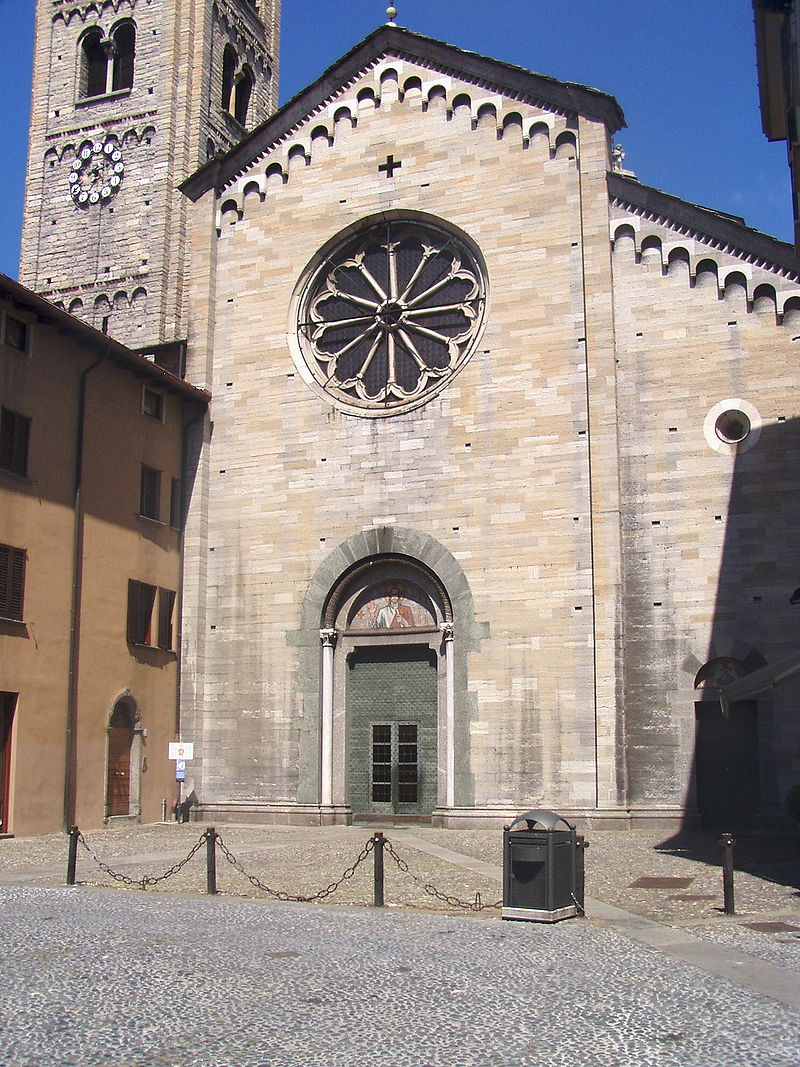
Above: La Basilica di San Fedele, Como
At the end of the old town is the imposing Porta Torre, the ancient entrance to the walled city built in the 12th century along with the surrounding walls that, to this day, protect the historic town centre.

Above: Porta Torre, Como
Not far from the Porta Torre there is the Piazza Medaglie d´Oro Comasche.
In this square are two distinct buildings: the Palazzo Giovio – home to the Museo Civico e Archeologico Paolo Giovio– and the Palazzo Olginati – home to a museum dedicated to Giuseppe Garibaldi.

Above: Museo Civico e Archeologico, Como
(Garibaldi is worth a blog post by himself.)

Above: Giuseppe Garibaldi (1807 – 1882)
Back toward the Lago, almost directly on the water, sits the Tempio Voltiano – a museum dedicated to Alessandro Volta and hosting a collection of scientific instruments used or designed by the famous scientist – from where one can look out onto the Lago itself and see in the middle of the harbour the contemporary sculpture by Daniel Libeskind dedicated to Volta, the Life Electric.

Above: Tempio Voltiano (Volta Temple), Como

Above: The Life Electric, Como
Walk northeast along the waterfront, past Piazza Matteotti and the train Station, and take the Funicolare Como-Brunate – a cable car built in 1894 – walk through hilltop Brunate with its Chiesa di San Andrea, up to San Maurizio and then climb 143 steps to the top of the lighthouse Faro Volta, built in 1927 to mark the centenary of Volta´s death.

Above: Funicolare Como-Brunate Station, Como

Above: Faro Volta / Volta Lighthouse
Then you, Como visitor, have had a full day of things Volta.
There are a number of problems with the manner in which Volta is remembered, primarily making the man interesting, making the science for which he is honoured meaningful to today´s generation who take what has evolved since his day for granted,
I climbed up from Brunante with my wife and saw the view from Faro Volta.
We admired the Life Electric sculpture from the boat cruise we took the day before.
But on this day, after much marching about town – we also visited the Museo didattico della Seta (worth a blog post on its own) – my wife needed a break, to simply sunbathe and dip her toes in the waters of Lago di Como.

Above: Museo didattico della Seta (The Educational Museum of Silk), Como
So she left an exploration of the Tempiano Volta solely to myself.
The Tempio Voltiano is a lakeside neoclassical temple built in 1927.

Above: Lakeside view of Tempio Voltiano, Como
Inside is an exhibition on the life of Como-born electric-battery inventor Alessandro Volta, after whom the electric unit, the volt, is named.
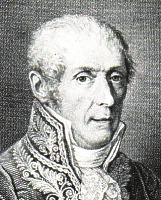
Above: Alessandro Volta
Some of the instruments he used to conduct his experiments are displayed inside.

But the lack of friendliness by the sole guard assigned to both sell tickets and secure the place against unwanted activity and the lack of interactive and explanatory descriptions leave the modern visitor numb.
And this is a shame, for it is important for the visitor to understand how dependent modern civilisation is on Volta´s discoveries and inventions, to truly appreciate this man and this temple that once graced the front and back of the 10,000 lire Italian banknote (1984-2001).

Those who honour Volta seem to forget that God did not make all visitors alike – some enjoy and embrace science, while others feel intimidated and bewildered by its seeming complexity and unapproachability.
I would love to see how Bill Nye, the Science Guy, or The Big Bang Theory´s Professor Proton, would bring this museum and the man it honours to reach an audience today that scorns intelligence and has a very limited attention span.
I am not these men.
It would be great if a character like the BBC´s Doctor Who actually existed and we could transport ourselves back in time to see the inventor himself.
But sadly we do not possess 1950s police phone box TARDIS machines.
Landschlacht, Switzerland, 17 October 2017
To get an understanding of what Volta did, we need to comprehend what electricity is and what happened before Volta came along.
In 1850, British Prime Minister William Gladstone asked the scientist Michael Faraday why electricity was valuable.

Above: English scientist Michael Faraday (1791 – 1867), inventor of the first electric generator. The SI unit of capacitance (how much electricity can be created) the Farad is named after him.
Faraday answered: “One day, Sir, you may tax it.”
In the 19th and early 20th century, electricity was not part of the everyday life of most people, even in the industrialised Western world.
The popular culture of the time depicts electricity as a mysterious, quasi-magical force that could slay the living, revive the dead or bend the laws of nature.
Long before any knowledge of electricity existed, people were aware of shocks from electric eels.

Ancient Egyptian texts dating from 2750 BC referred to these fish as the “Thunderer of the Nile” and described them as the protector of all other fish.
Electric fish were again reported millennia later by ancient Greek, Roman and Arabic naturalists and physicians.
Several ancient writers, such as Pliny the Elder and Scribinious Largus, attested to the numbing effects of electric shocks delivered by catfish and electric rays, and knew that such shocks could travel along conducting objects.

Above: Roman author Pliny the Elder (23-79 AD)
Patients suffering from ailments such as gout or headache were directed to touch electric fish in the hope that the powerful jolt might cure them.
Possibly the earliest and nearest approach to the discovery of the identity of lightning and electricity, is to be attributed to the Arabs.
Ancient cultures around the Mediterranean knew that certain objects, such as rods of amber, could be rubbed with cat´s fur to attract light objects like feathers.
Thales of Miletus made a series of observations on static electricity around 600 BC, from which he believed that friction rendered amber magnetic, in contrast to minerals such as magnetite, which needed no rubbing.

Above: Greek philosopher Thales of Miletus (624 – 576 BC)
Thales was incorrect in believing that the attraction was due to a magnetic effect, but later science would prove a link between magnetism and electricity.
(The Parthians may have had knowledge of electroplating, based on the 1936 discovery of the Baghdad Battery, which resembles a galvanic cell, though it is uncertain whether the artifact was electrical in nature.)

Above: “The Baghdad Battery”, found in Khuyat Rabu, Iraq, near the ancient site of Ctesiphon, capital of the Parthian empire (150 BC – 223 AD)
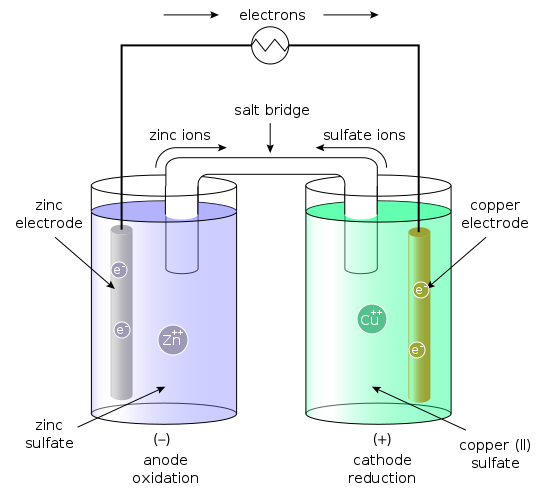
Above: An example of a galvic cell, named after Luigi Galvani by Alessandro Volta; also called a voltaic cell.
Electricity would remain little more than an intellectual curiosity for millennia until 1600, when the English scientist William Gilbert made a careful study of electricity and magnetism, distinguishing the lodestone effect from static electricity produced by rubbing amber.
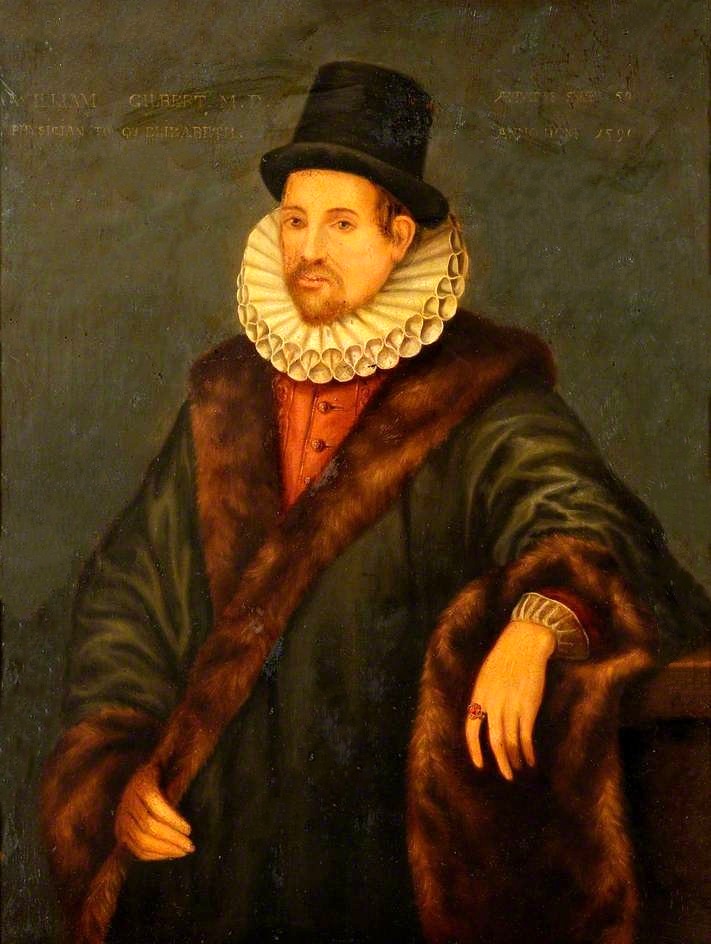
Above: English scientist William Gilbert (1544 – 1603), the “Father of Electricity”
He coined the new Latin word electricus (“of amber”, from the Greek word elektron) to refer to the property of attracting small objects after being rubbed.
This association gave rise to the English words “electric” and “electricity”, which made their first appearance in print in Thomas Browne´s Pseudodoxia Epidemica (1646).
Further work on electricity was conducted by German scientist Otto von Guericke (1602-1686), Irish chemist Robert Boyle (1627-1691), English scientist Stephen Gray (1666-1736) and French chemist Charles Francois du Fay (1698-1739).
In the 18th century, American polymath Benjamin Franklin conducted extensive research in electricity, selling his possessions to fund his work.

Above: Benjamin Franklin (1706 – 1790)
In June 1752, he is reported to have attached a metal key to the bottom of a dampened kite string and flown the kite in a stormy sky.

A succession of sparks jumping from the key to the back of his hand showed that lightning was indeed electrical in nature.
Franklin also explained the apparently paradoxical behaviour of the Leyden jar as a device for storing large amounts of electrical charge in terms of electricity consisting of both positive and negative charges.

Above: Typical construction of a Leyden jar
In 1791, Italian physicist Luigi Galvani published his discovery of bioelectromagnetics demonstrating that electricity was the medium by which neurons passed signals to the muscles.

Above: Luigi Galvani (1737 – 1798)
(Could electricity be the key to increasing our longevity?
Is the movie Crank 2 completely far-fetched to suggest that a man could extend his life by juicing himself up with electricity?
Could it be possible to extract human bioelectricity and thermal energy to power machines as suggested in the dystopian film The Matrix?)
Alessandro Volta´s battery, or voltaic pile, of 1800, made from alternating layers of zinc and copper, provided scientists with a more reliable source of electrical energy than the electrostatic machines previously used.

Above: A voltaic pile on display in the Tempio Voltiano
Following Volta, mankind would begin to recognise the concept of electromagnetism as the unity of electric and magnetic phenomena.
This would be followed by the invention of the electric motor (1821), the mathematical analysis of the electric circuit (1827), and the linking of electricity, magnetism and light (1862).
While the early 19th century had seen rapid progress in electrical science, the late 19th century would see the greatest progress in electrical engineering.
Electricity turned from a scientific curiosity into an essential tool for modern life, becoming a driving force of the Second Industrial Revolution.
Later mankind would learn that electrodes illuminated with ultraviolet light cause electric sparks more easily, and that the photelectric effect is the result of light energy being carried in energising electrons.
German physicist Albert Einstein´s 1905 discovery of the latter would lead to the Quantum Revolution.

Above: Albert Einstein (1879 – 1955)
This photoelectric effect is now employed in photocells that can be found in solar panels and is frequently used to make electricity commercially.
This understanding of electrons would lead to the detection of radio waves and mankind´s present ability to switch and amplify these waves.
Current flow which we now understand as negatively charged electrons and positively charged electron deficiencies (charges and holes) have led to the development of Quantum Physics and the development of crystalline semiconductors.
Wires connected to crystals would lead to the invention of the transistor (1947), and later the vacuum tube, semiconductor diodes, integrated circuits, light-emitting diodes (LEDs), microprocessor chips and the concept of RAM (random access memory).
Mankind has learned how to generate, store and transmit electricity, but it wasn´t until Volta´s battery that a viable source of electricity became available – the ability to store energy chemically and make it available upon demand in the form of electrical energy.

Above: A voltaic pile
Through Volta´s inspiration and invention, mankind had learned to generate electricity from fossil fuel combustion, nuclear reaction, wind or flowing water.
Electricity´s ability to transfer energy has led to the light bulb, electric heating, electric refrigeration, and the telegraph.
Though optical fibres and satellite communication make our modern communication systems possible, electricity remains an essential part of the process.
I look at my own life and realise how utterly dependent I am upon electricity.
Without electricity, I could not operate this computer or use the printer that sits beside it.
Without electricity, my food supply would not be cool in the fridge or cold in the freezer, nor could I prepare this food in the microwave, the oven or on the stove.
My coffee would not be hot without our electric kettle.
My room would not be warm without the electrical heating nor would I be able to navigate through my apartment without electric lighting.
My cellphone would soon cease to function and there would be no electricity to power my television set nor could I listen to music on my stereo.
Without the basic knowledge of how to generate, store and retrieve electricity when needed, our planet would be very different than it is today.
Electricity has become such a necessity of modern life that we pay attention to it only when it stops flowing for us, an event that usually signals disaster.
The people who keep it flowing are still often cast as heroic, wizard-like figures.
So, let´s look at Alessandro Volta.
Alessandro Volta was born in Como on 18 February 1745, to Filippo and Maddalena Volta.

The Volta family had risen to nobility and wealth from commercial origins and intermarriage, but by the time Alessandro was born the Volta family had lost much of its wealth and Alessandro was raised in a humble one-storey building on Contrada Porta Nuova (today called Via Volta).
“Till his 4th year of age, Alessandro had not enough strength to articulate words.
In his 7th year, he started to show clear signs of propensity to study, and he was born to make good use of it.” (Maurizio Monti)
After the death of Filippo in 1752, the young Alessandro, as well as his mother and his younger sisters Marianna, Cecilia and Chiara, lived with his uncle, Canon Alessandro Volta, while his older brothers were taken care of by his other uncle, Archdeacon Antonio Volta.
“Alessandro started at the age of 12 to be extremely curious about the secrets of nature, and I still keep an extraordinary text on this subject written by him at this time.
He almost drowned in a water spring at Monteverde to inspect a mineral vein that, according to local peasants, released small gold straws, but in fact turned out to be plain yellow mica.” (Giulio Cesare Gattoni)
By age 14, Alessandro made up his mind to become a physicist.
In his 17th year of age, Volta began to analyse throughly works on natural and artificial electricity, on his own, without any instruments whatsoever.
In his 18th year, he had already entered into correspondence with renowned physicists.
In 1769, Volta officially made his scientifc debut with his dissertation, De vi attractiva ignis electrici, ac phaenomenis inde pendentibus.
In 1774, Volta became a professor of physics at the Royal School in Como.
By October, he is appointed head of the public schools in Como, so he takes advantage of his post to insist that Como should have its own physics laboratory.
The following year, Volta obtained the Chair of Experimental Physics at the Royal Grammar School of Como, and began to improve and popularise the electrophorus, a device that produced static electricity.
His promotion of the electrophorus was so extensive that he is often credited with its invention, even though a machine operating on the same principle was described in 1762 by the Swedish experimenter Johan Wilcke (1732 – 1796).

Above: An electrophorus, a manual machine used to generate static electricity
In 1776, Volta made considerable efforts to establish a central public library in Como.
It would take 20 years to pass before the founding of Como´s Municipal Library.
This same year, Volta studied the chemistry of gases, researching and discovering methane after reading a paper by Benjamin Franklin on “flammable air”.
In November, he found methane at Lago Maggiore.
In September 1777, Volta set out on a long study tour that, via the Gotthard Pass, led him to visit Bern, Basel and Zürich.
On 16 September 1777, Volta showed his experiments with the pistol to the members of the Zürich Physics Society.
After a sojourn in Strasbourg and Alsace, Volta returned to Como via Geneva and the Savoy.
Volta carried out barometrical and geological surveys at high altitude.
Among the personalities Volta met during this journey, he met the Bernouillis – Daniel (1700-1782), Johann II (1710-1790), Jean (1744-1807) of the family of physicists and mathematicians – in Basel, and Swiss physicist Horace Bénédict De Saussure (1740-1799) in Geneva, but above all, his visit to the elderly Voltaire in Fernet should be mentioned.

Above: French philosopher Francois Marie Arouet, aka Voltaire (1694-1778)
From Aiguebelle in the Savoy, Volta brought home potatoes and made great contributions to the diffusion of this North American vegetable to Lombardy and Italy.
By 1778, Volta managed to isolate methane and devised experiments such as the ignition of methane by an electric spark in a closed vessel.
By virtue of a bill promoting outstanding professors, Volta was invited to take on the Chair of Experimental Physics at the University of Pavia.
“He banned the old methods of teaching physics and chose a textbook that was one of the most authoritative advocates of experimental science.
His lectures were attended by an extremely large number of students.
He was admired because of his great fame, because his discourse was clear, lucid and often lively, his accent agreeable, and because his manner was self-effacing but at the same time imposing.” (Maurizio Monti)
Volta also studied what we call “electrical capacitance”, developing separate means to study both electrical potential and electrical charge and discovered for any given object, they are proportional.
This is called Volta´s Law of Capacitance, and it was for this work that the unit of electric potential has been named the volt.
Volta would remain the Chair of Experimental Physics for almost 40 years.
Luigi Galvani, another Italian physicist, had discovered something he named “animal electricity”, when two different metals were connected in series with a frog´s leg and to one another.

Volta realised that the frog´s leg served as both a conductor of electricity (what we would now call an “electrolyte”) and as a detector of electricity.
He replaced the frog´s leg with brine-soaked paper and detected the flow of electricity by other means familar to him from his previous studies.
In this way Volta discovered the electrochemical series, and the law that the electromotive force (emf) of a galvanic cell, consisting of a pair of metal electrodes separated by electrolyte, is the difference between their two electrode potentials.
This is called Volta´s Law of the Electrochemical Series.
In 1781, Austrian Governor Count Firmian – Austria ruled Como at this time. – decided that Volta´s request of a long journey through Europe “in order to get to know renowned men and useful factories” deserved to be accepted.
Volta´s journey lasted from September 1781 until October 1782.
Starting from Torino, Volta headed to Lyons and Geneva, spent a week in Strasbourg, crossed the Rhine to the palaces of Radstadt and Karlsruhe, lingered in Mannheim, Mainz, Frankfurt and Düsseldorf.
In 1782, in Paris, Volta showed French chemist Antoine Lavoisier (1743-1794) his experiences with the eudiometer, from which the scientist drew a conclusive proof of the composition of water.

Above: An eudiometer, a laboratory device that measures the change in the volume of a gas mixture following a physical or chemical change
He then went to the Netherlands, Flanders and finally England, where he stayed for a few weeks.
In June, Volta visited Birmingham and Oxford, accompanied by Joao Magellan, a Portuguese scientist and a direct descendant of the famous explorer.
His return trip took him across France and finally back home via Genoa.
In July 1784, travelling through Tyrol, Volta reached Wien (Vienna), where, on the 27th, he was received by Emperor Joseph II.

Above: Joseph II (1741-1790), Holy Roman Emperor (1764-1790)
Volta´s journey then continued towards Bohemia and Germany and ended in November.
In 1785, at the beginning of the new academic year, the students of Pavia University, elected Volta as Chancellor of the University.
In 1794, Volta married an aristocratic Comoese lady, Teresa Peregrini (1794-1841), with whom he will raise three sons: Zanino, Flaminio and Luigi.
In 1800, as the result of a professional disagreement over the galvanic response advocated by Luigi Galvani, Volta invented the voltaic pile, an early electric battery, which produced a steady electric current.
Volta determined that the most effective pair of dissimilar metals to produce electricity was zinc and copper.
In announcing his discovery of the voltaic pile, Volta paid tribute to the influences of English chemist William Nicholson (1753-1815), Italian physicist Tiberius Cavallo (1749-1809) and English physicist Abraham Bennet (1749-1799).
The battery made by Volta is credited as one of the first electrochemical cells.
It consists of two electrodes: one of zinc, the other of copper.
The electrolyte is either sulfuric acid mixed with water, or saltwater brine, existing in the form of hydrogen and sulfate.
The zinc, which is higher in the electrochemical series than both copper and hydrogen, reacts with the negatively charged sulfate.
The positively charged hydrogen ions (protons) capture electrons from the copper, forming bubbles of hydrogen gas.
This makes the zinc rod the negative electrode and the copper rod the positive electrode.
Thus, there are two terminals, and an electric current will flow if they are connected.
The copper does not react, but rather functions as an electrode for the electrc current.
However, this cell also has some disadvantages:
It is unsafe to handle, since sulfuric acid, even if diluted, can be hazardous.
Also, the power of the cell diminishes over time, because the hydrogen gas is not released.
Instead, it accumulates on the surface of the copper electrode and forms a barrier between the metal and the electrolyte solution.
In March 1800, Volta reported his results in a long letter to Sir Joseph Banks, president of the Royal Society in Britain.
The letter was entitled “On the electricity excited by the mere contact of conducting substances of different kinds”.
Without a buzzer or a semiconductor to detect voltage, Volta used his body as a detector and did not seem to mind getting electric shocks!
In 1801, during the autumn, Volta left for Paris, on behalf of the University of Paris.
Volta paid his respects to Napoléon – Como is now governed by the French. – and triumphally displays his battery to the Institute of France.
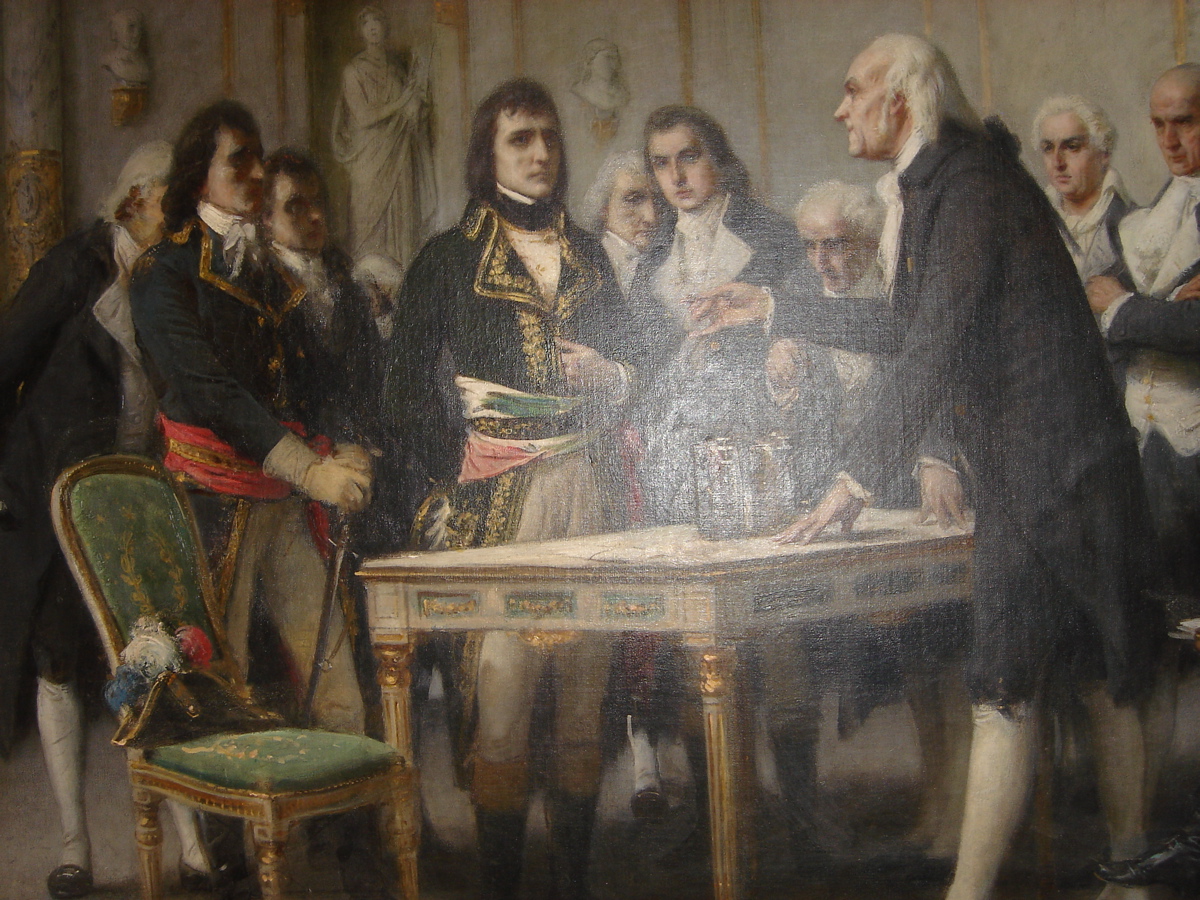
Above: Volta explains the principle of “the electric column” to Napoléon, 1801
Volta enjoyed a certain amount of closeness with Napoléon throughout his life and would be conferred numerous honours by him.

Above: Napoléon Bonaparte (1769 – 1821)
By 1804, Volta has repeatedly asked to be relieved from his University commitments.
Despite his professional success, Volta tended to be a person inclined towards domestic life and he preferred to live secluded from public life for the sake of his family.
But, in 1806, Napoléon, during his visit to Pavia in May, pleaded with Volta to remain in his position.
Volta then accepted the nomination as Professor Emeritus.
Persistent requests led Volta to resume, at least in part, his physics lectures.
From 1806 to 1809, Volta organised 40 experimental lessons, carried out over two months.
After the defeat of Napoléon and the return of the Austrians, Volta is appointed the Dean of the School of Philosophy, a position he holds until 1819.
Towards the end of his life, Volta pioneered the remotely operated pistol, whereby an electric current travelled 50 km / 30 miles from Como to Milano and fired a pistol.
This was the forerunner of the telegraph, which uses electricity to communicate.
In 1814, the death of Volta´s son Flamino strengthen Alessandro´s resolve to give up his academic commitments.
Volta retired in 1819 to his estate in Camnago, now named Camnago Volta, in his honour.
Volta died there on 5 March 1827, just after his 82nd birthday.
Volta´s remains rest in Camnago Volta.

In 1927, Francesco Somaini, a local Como cotton industrialist and Member of Parliament, promoted the idea of establishing the idea of establishing a musuem dedicated to Volta, the Tempio Voltiano, and financed its construction on the occasion of the first centenary of the scientist´s death.

Above: The Tempio Voltiano, Como
The opening ceremony of the Tempio Voltiano was held on 15 July 1928.
In the main hall of the Tempio, the visitor encounters relics and scientific instruments for experiments with inflammable gases and thermal phenomena, devices to sudy electrical phenomena, an exhibit on Volta´s dispute with Luigi Galvani regarding electricity and animals, a display of Volta´s famous battery and a collection of other scientific instruments either used by or invented by Volta.
The mezzanine tells the story of Alessandro Volta as a man and as a scientist and the times in which he lived in.
In addition, the scenic lighthouse, the Faro Volta, dedicated in his honour by the city´s telegraph and telephone workers, was inaugurated on 8 September on the top of Mount San Maurizio which dominates Como.

Above: Faro Volta, Como
The contemporary steel sculpture, the Life Electric, in Como´s harbour, also dedicated to Volta, was completed in 2015 by the artist Daniel Libeskind.

Above: The Life Electric, Como
The sculpture is 13.75 metres tall and weighs 11,000 kilograms.
The Life Electric takes inspiration from the electric tension existing between the two poles of a battery.

Above: The design of The Life Electric
The Life Electric is meant to act as a third pole, located mid-distance from the Faro Volta and the Tempio Voltiano, and is meant to show the connections among the natural elements of light, wind and water, the geometry that connects the sky, the lake and the mountains.
And this interplay between light, wind and water….
This interplay between the remote past, the touristic present and the unimaginable future….
This harmony of sky, lake and mountains makes Como feel electric.

Sources: Wikipedia / Google / Rough Guide Italy / Lonely Planet Italy / David Clarke, Technical English at Work / Georgina Palffy (editor), The Science Book / Robert Winston (editor), Science Year by Year: The Ultimate Visual Guide to the Discoveries that Changed the World / Alberto Longatti (editor), The Volta Temple in Como: A Guide
